Good old Levi's 501... Who hasn't heard of them? Born in the 19th century, it was quickly adopted by all cultures. From rock to hip-hop to skateboarding, it has endured through the ages without ever losing popularity.
Today, it's vintage Levi's 501s that are turning heads. Why have time-worn jeans become so sought-after? The quality of vintage denim, its finishes and unique wash give them an inimitable cachet. Not at all like recent models, which are often made from lighter materials and industrialized production.
The problem is that it's easy to mistake a genuine vintage 501 for a more recent model. That's why it's so important to recognize the right details! The cut, the labels, the buttons, the fabric...
So sit tight, because we're going to explain it all to you! We'll show you how to identify an authentic vintage Levi's 501 like an expert. In the end, you'll know how to spot the rare pearl and avoid counterfeits.
Levi's 501: a denim legend

The Levi's 501 legend began in 1873 ! German entrepreneur Levi Strauss teamed up with Jacob Davis. They patented the riveted jean. Their aim was to create hard-wearing pants for the workers of the American West.
The Levis 501 quickly became a men's style staple. In the 50s, they were adopted by Hollywood bad boys like Marlon Brando. In the 60s and 70s, it became a symbol of the protest movement. The 80s and 90s propelled it to the top with the rise of hip-hop, skateboarding and streetwear.
Why are vintage 501s from the 80s and 90s the most sought-after today? Because they were made from thick, sturdy denim woven in the USA. Unlike today's models, they age well and fade naturally.
Vintage Levi's 501 vs. modern Levi's 501: the real differences

The Levi's 501 may be a timeless classic, but it has changed over the years. Vintage and modern models don't have the same cut, the same manufacturing quality or the same look. If you're looking for an authentic vintage 501, here are the essential differences you need to know.
1. The cut: a unique fit on vintage models
Vintage Levi's 501s have a straighter, slightly fitted cut, with the jeans falling over the shoe. They are designed to relax over time, adapting perfectly to the wearer's morphology.
Modern models, on the other hand, have often been reworked to match current trends. There are slim, tapered or even stretch versions, which are a far cry from the 501's original true fit.
2. Denim fabric: unrivalled thickness and rigidity
The denim of vintage 501s is thicker and stiffer. It was made from untreated cotton canvas, often selvedge denim on older models.
Recent models often use cotton mixed with elastane. This makes them softer, but less durable. Some modern jeans are even pre-washed to imitate the vintage look, but without the real natural wear.
3. Seams & finishings: vintage attention to detail
On a vintage 501, the seams are more solid, sometimes made by hand. Older models have specific details such as :
- Hidden rivets inside pockets on pre-1966 models
- Tighter, more robust topstitching
- A chain stitch at the bottom of the leg, the hallmark of pre-1990s production.
Modern 501s are mass-produced using industrial processes. They prioritize speed of production over durability.
4. Natural fading: impossible to reproduce
A vintage 501 has a unique wear and wash, shaped by time and the wear of its former owner. The rub marks, movement creases and lightening of the denim are totally natural.
Modern 501s sometimes try to reproduce these effects with stone-wash or laser techniques . The result is often too uniform and lacking in character.
5. Manufacturing: Made in USA vs. offshore production
Until the 90s, vintage Levi's 501s were made in the USA, Mexico or Canada. This was a true sign of quality. Some models even featured Cone Mills canvas, a benchmark in denim.
Today, production has moved to Asia, with standardization reducing the authenticity and robustness of jeans. To be sure you're getting a genuine vintage 501, you need to check the labels and the model's origin.
In short, a vintage Levi's 501 means a perfect fit, robust denim, meticulous finishing and authentic craftsmanship. Everything you can't really find in modern versions.
How to choose the right size for a vintage Levi's 501?

Buying a vintage Levi's 501 is a great idea, but you still need to find the right size. How do Levis 501s fit? Unlike modern jeans, vintage 501s don't always follow a standard sizing. Here are the key points to check before you buy.
1. Vintage sizing has nothing to do with modern sizing
A vintage Levi's 501 is sized differently from recent models. Back then, measurements were more faithful to actual dimensions, but raw, untreated denim could shrink in the wash. As a result, an original W32 vintage 501 can actually be a W30 today.
The cut of older models is straighter. You often need to go up a size compared to today's skinny jeans.
2. Check labels and references
Every Levi's 501 has an interior label with precise references that indicate:
- waist size (W) and length (L)
- manufacturing location (USA, Mexico, etc.)
- Sometimes, a code to date the jeans.
If the label has faded, it's best to measure the size directly flat to avoid mistakes.
3. Take denim shrinkage into account
Vintage 501s in Shrink-to-Fit (STF) denim were designed to shrink after washing. New jeans could lose up to 10% of their size. If you find an unwashed model, take it one size up.
Conversely, a 501 that has already been worn and washed will no longer shrink, so its current size is more reliable.
4. Pro tip: try the "dry fit" technique
If you're buying from a thrift store or boutique, try on the jeans without buttoning them all the way up. If you can close the top button by forcing slightly, it's the right size: vintage denim relaxes when worn.
At GOODSapes, we always give flat measurements at the waist of the jeans, as well as the length of one leg. So you can't go wrong with your choice of vintage Levi's 501 !
Authenticating a vintage Levi's 501: the ultimate guide
Vintage Levi's 501s are increasingly sought-after. And like all iconic products, they are prone to counterfeits or reproductions that imitate their look. If you want to be sure you're buying a genuine vintage 501, here's what you need to know how to recognize a genuine levis 501.
1. The Levi's red label: simple or "Big E"?

The red tab, sewn onto the back right pocket, is a first indicator of authenticity. On vintage models, you'll find two variations:
- "Big E" (capital LEVI'S): used until 1971, this is the Holy Grail for collectors. If you come across a 501 Big E, you're holding a rare piece.
- "Small e" (Levi's with a lowercase "e"): introduced after 1971, still a good sign of vintage, but less rare.
Beware, some red labels may fade over time, but the following points will help you confirm authenticity.
2. The Levis button closure: serial number and engraving

Vintage Levi's 501s are closed with an engraved metal button. Inside, on the hidden side of the main button, you'll find a serial number (e.g. 524, 555, 653). This code indicates the manufacturing plant and can help date the jeans.
If the button is smooth, badly engraved or too shiny, beware.
3. Levis rivets and stitching: details that can't be mistaken

The copper rivets on the front pockets must be very solid. The marking under the rivets can also be a good indicator of age.
Look also at the quality of the stitching:
- A chain stitch at the bottom of the legs, typical of pre-90s models.
- Thick, even topstitching, sometimes with a characteristic orange thread.
4. The inner Levis label: composition and date of manufacture

Inside the jeans, on the white label, you'll find key information:
- Made in USA, Mexico or Canada → guarantee of vintage (before the offshoring of the 2000s).
- 100% cotton → true vintage 501s have no elastane.
- A production number and sometimes a manufacturing date. → A code like "501-0115" can give clues to the year and place of production.
If the label is missing or too recent (e.g. "Made in China"), it's surely not a true vintage model.
5. The Levis back leather patch: wear and natural aged look

The Levi's leather patch, sewn onto the back of the jeans, is a key element. On a vintage model, it should be patinated, slightly cracked, with a natural worn effect.
Modern reproductions often have a leatherette or thick cardboard patch, which doesn't age in the same way. A real vintage Levi's 501 has a natural wear effect, linked to time and wear.
💡 Bonus tips
How to avoid counterfeits and modern reproductions?
- Check the manufacturing details: a fake will often have less careful stitching, too-thin fabric or badly engraved buttons.
- Favors specialized sellers: buy a vintage 501 from an expert like Goodsapes guarantees an authentic selection.
- Avoid prices that are too low: a genuine vintage Levi's 501 can't be found for 20€.
By following these tips, you'll be able to spot a genuine vintage Levi's 501 and avoid unpleasant surprises.
Where can you find a genuine vintage Levi's 501 without making a mistake?
Okay, now you know how to spot a vintage 501. That's all well and good, you might say, but you still need to know where to find it without getting fooled. Here are the best options for finding that rare gem.
1. Physical thrift stores and vintage markets
Thrift stores and vintage boutiques are great places to find an original 501. You can see and touch the jeans before you buy. Specialized markets, such as those in Saint-Ouen or Brick Lane in London, are also goldmines.
🔹 Advantages: you can try them on, touch the denim and negotiate the price.
🔹 Disadvantages: limited choice, random sizes, and sometimes inflated prices on rare models.
2. Specialized online platforms: beware of scams
Sites such as Vinted, Grailed, eBay and Depop offer vintage Levi's 501s in large quantities. But beware: not everything advertised as "vintage" is.
🔹 Advantages: wide choice and sometimes attractive prices.
🔹 Disadvantages: risk of counterfeiting, unpleasant surprises about the actual condition of the jeans, and difficulty in verifying authenticity from a distance.
💡 Tips: check detailed photos, ask for the inner label and button serial number before buying.
3. Specialized boutiques like Goodsapes: the 100% authentic guarantee
If you want a stress-free vintage 501 , turn to specialist boutiques like Goodsapes. Here, every pair of jeans is authenticated, checked and carefully selected, guaranteeing you a genuine, quality vintage model.
🔹 Advantages: zero risk of rip-off, premium quality, wide selection and fast delivery.
🔹 Disadvantages: the best models go fast, so don't delay!
Discover our exclusive collection of vintage Levi's 501s today!
Conclusion: Become a vintage Levi's 501 expert!
You now have all the keys to buying and recognizing a real Levis 501.
👉 Express recap:
✔️ Cut straighter and stiffer than recent models.
✔️ Thick denim, unique patina and solid finishes.
✔️ Authenticity details: labels, rivets, engraved button, selvedge...
✔️ Where to buy it? At thrift stores, cautiously online, or at Goodsapes for 100% reliable.
A vintage 501 is more than just a pair of jeans. It's a piece of history, a signature of timeless streetwear.
Ready to buy your perfect vintage Levi's 501? Discover our exclusive selection on Goodsapes!

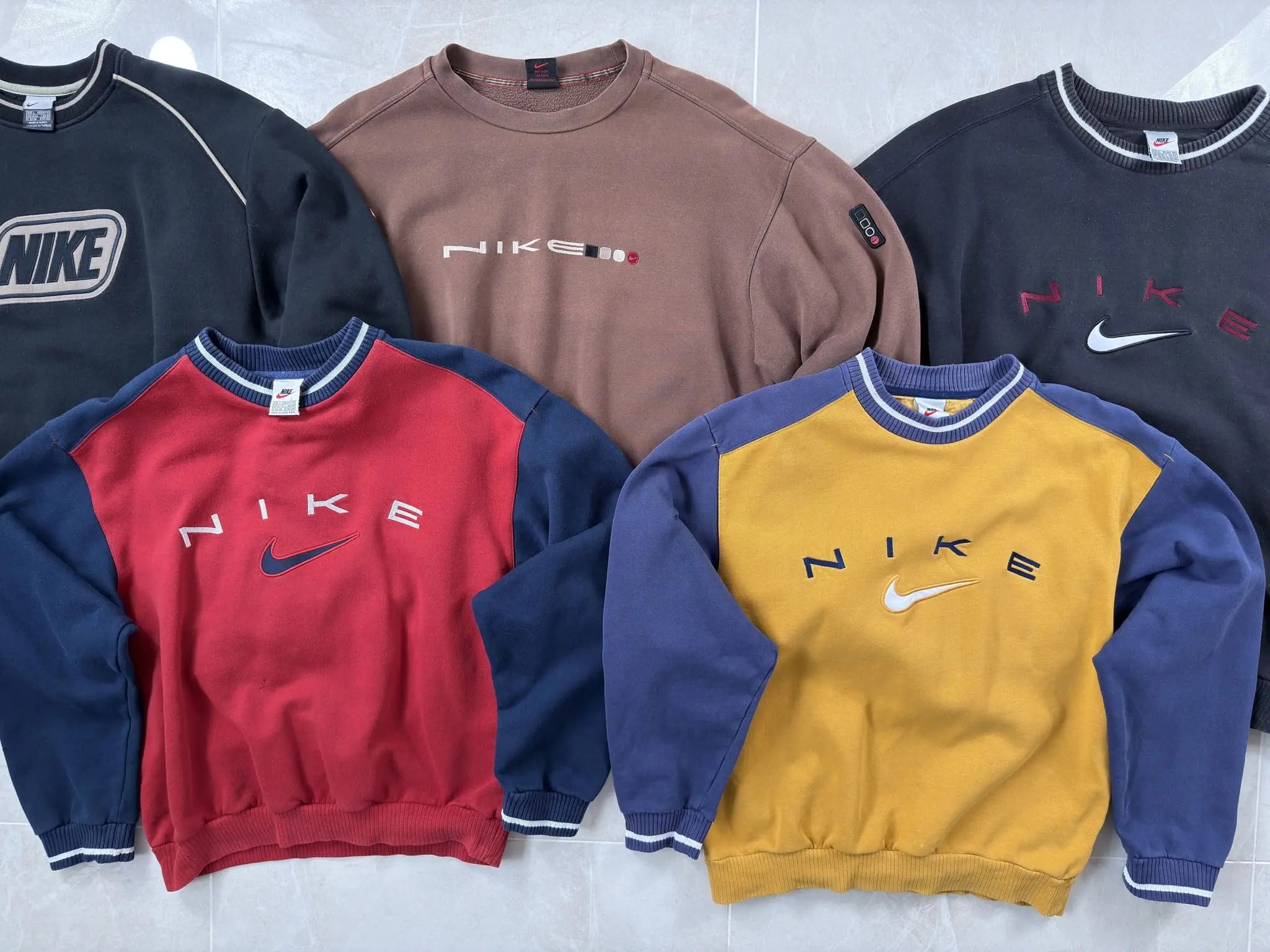
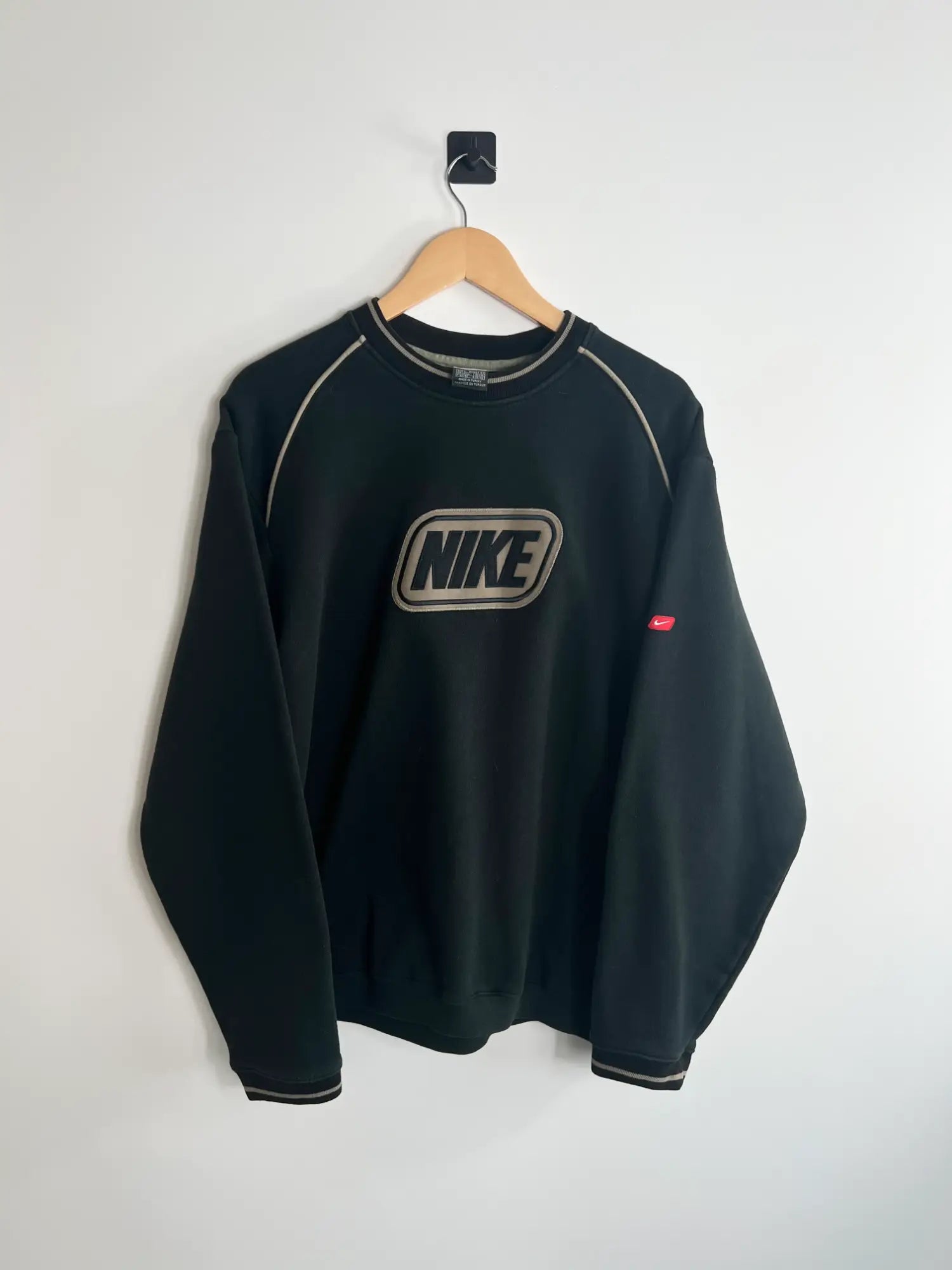
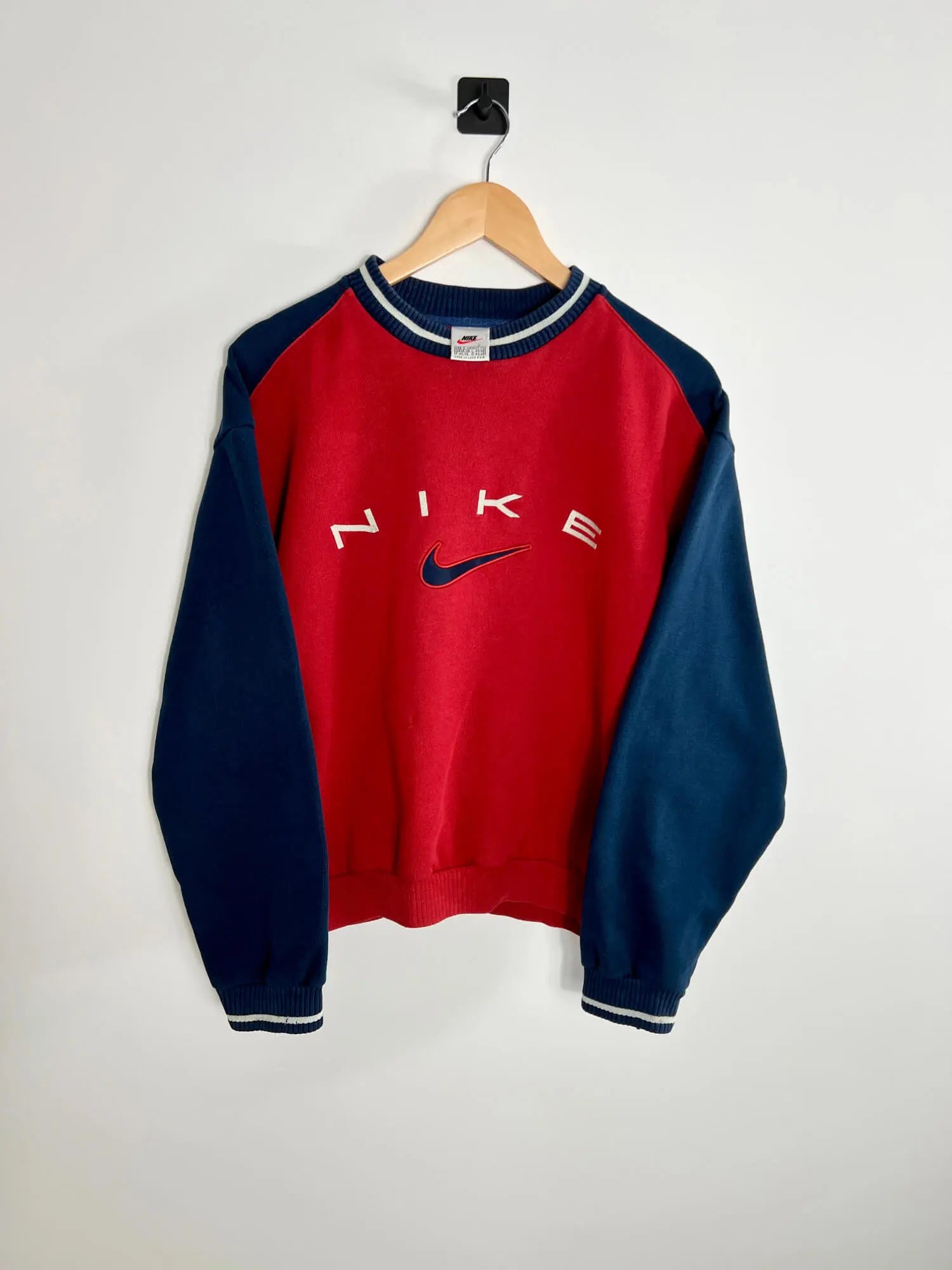
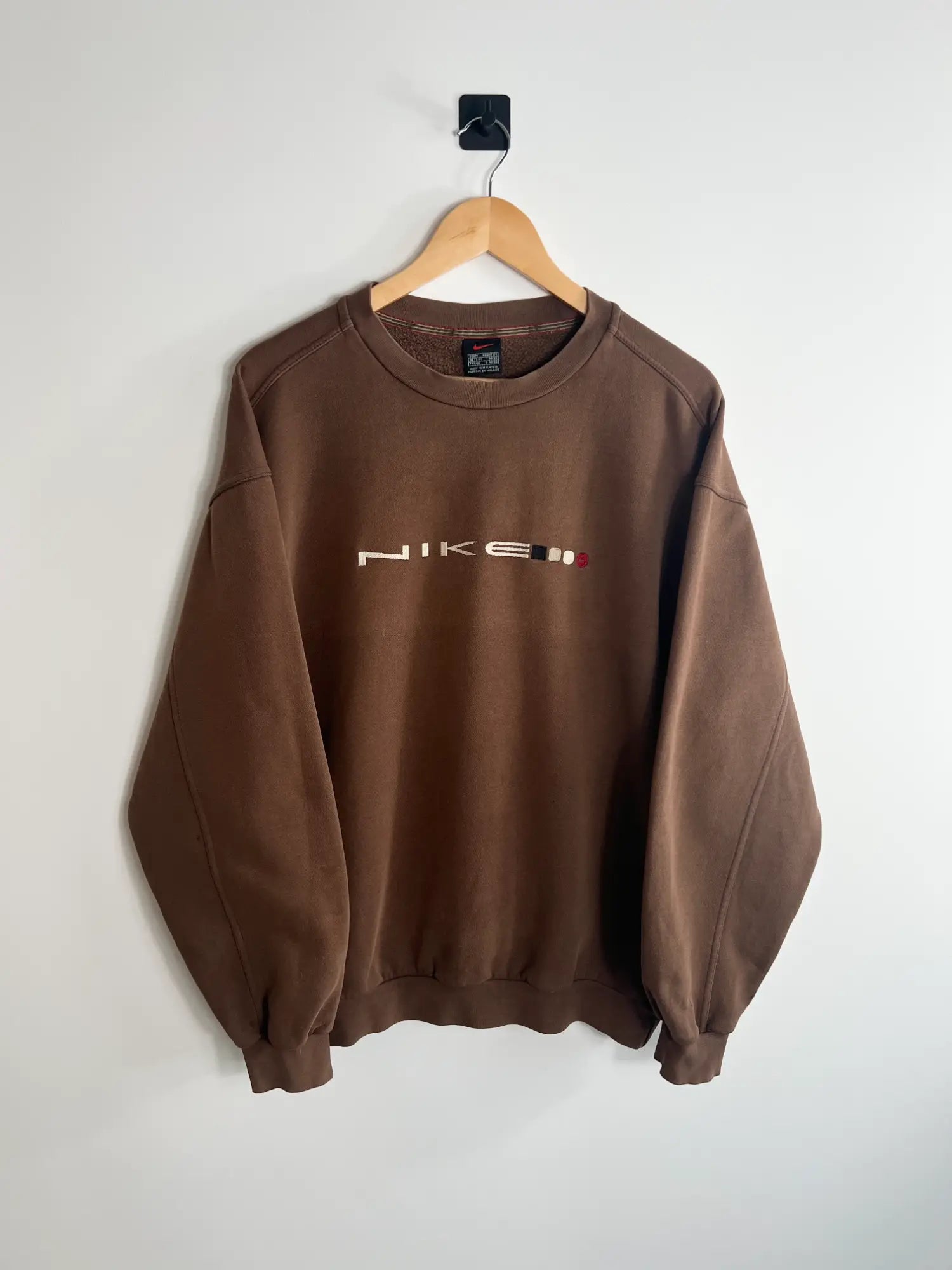
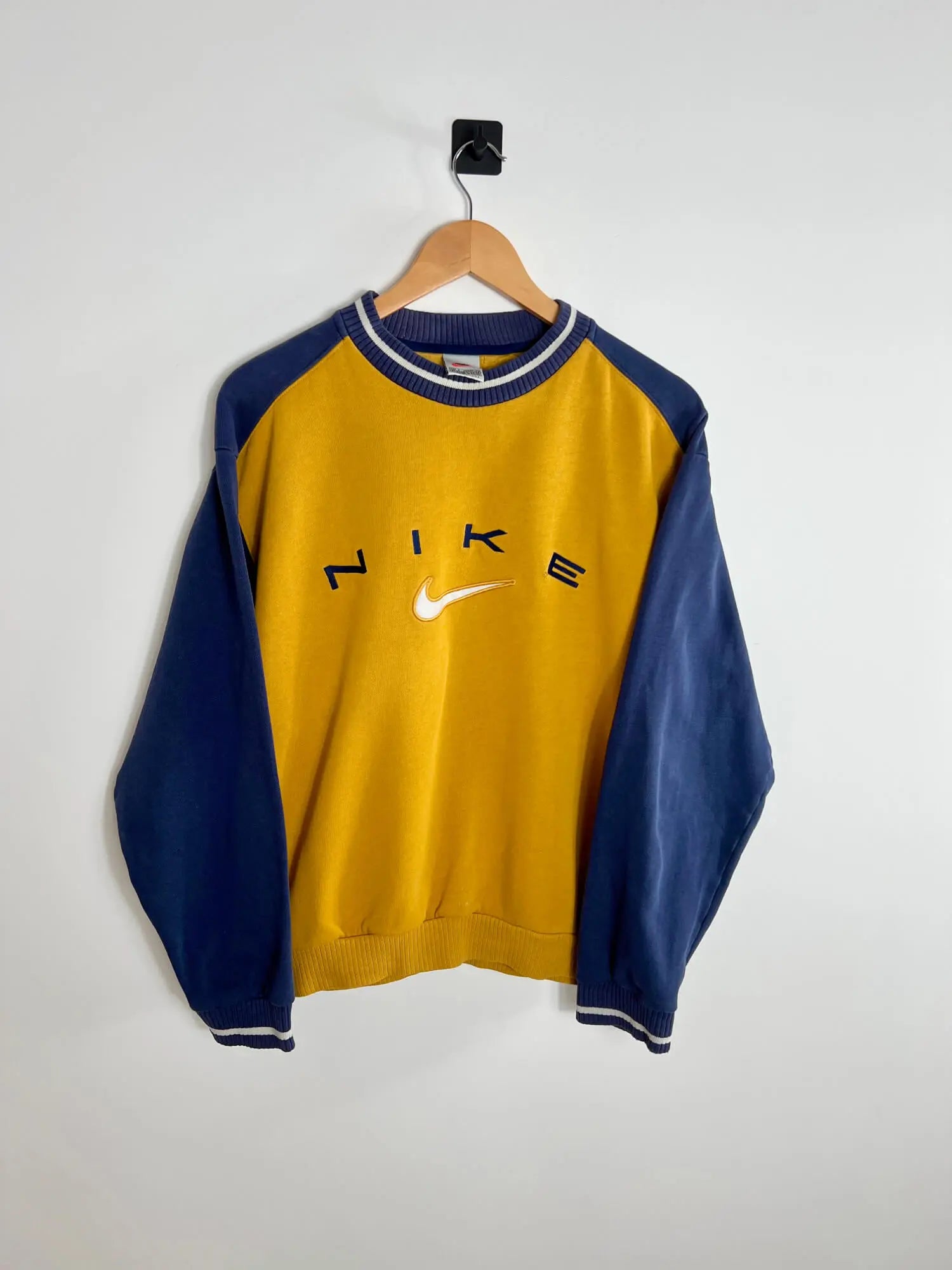
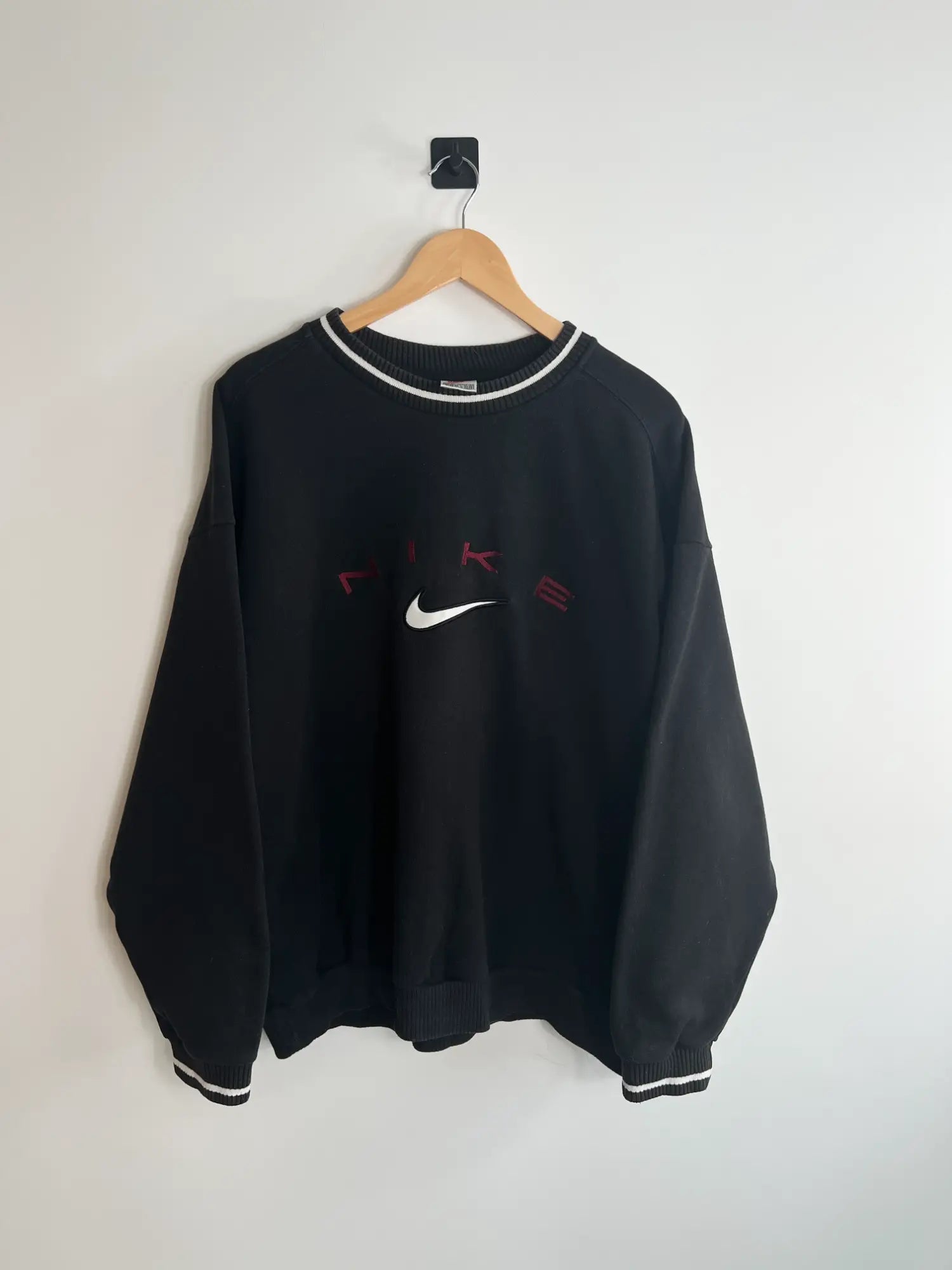
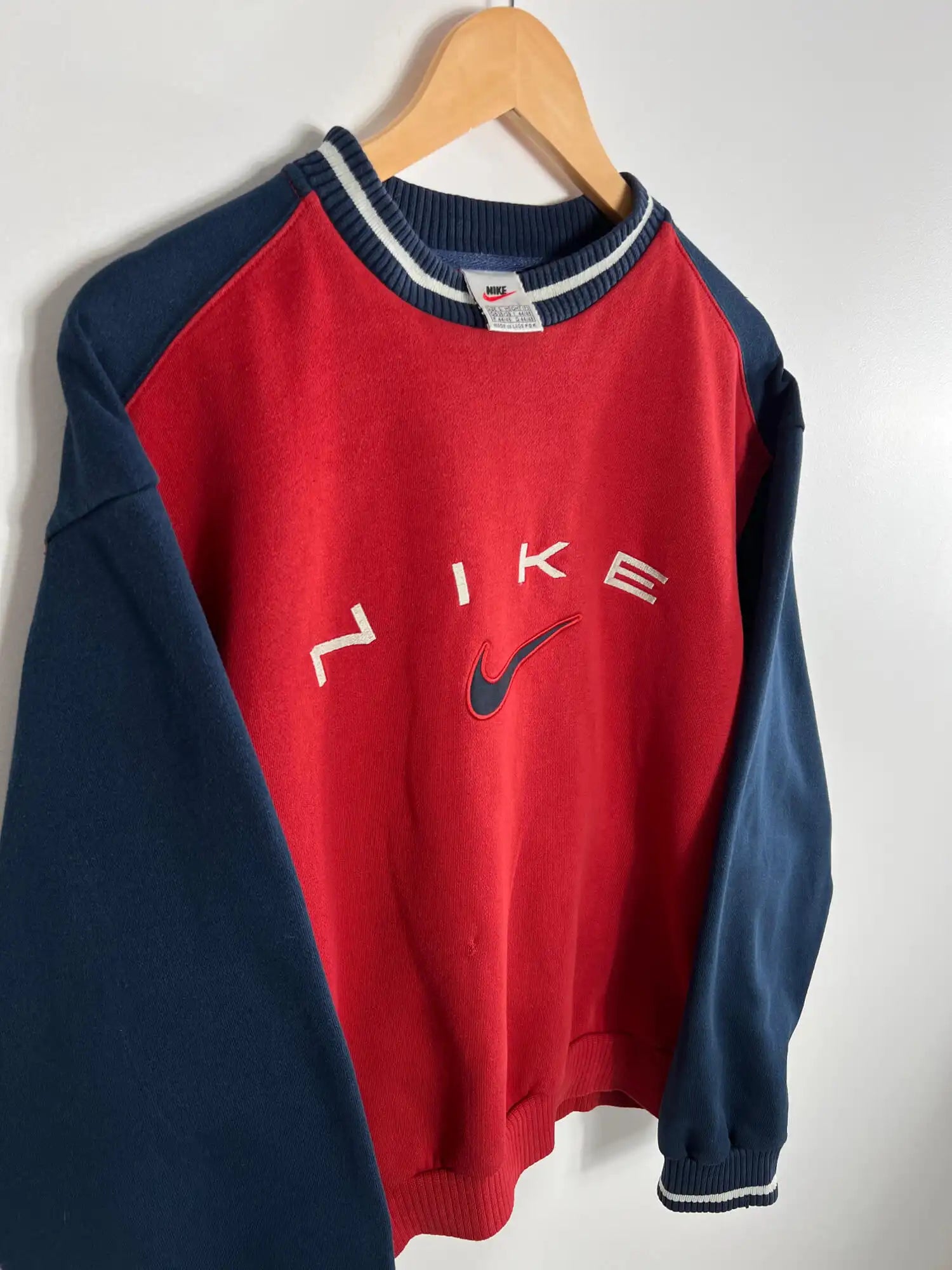
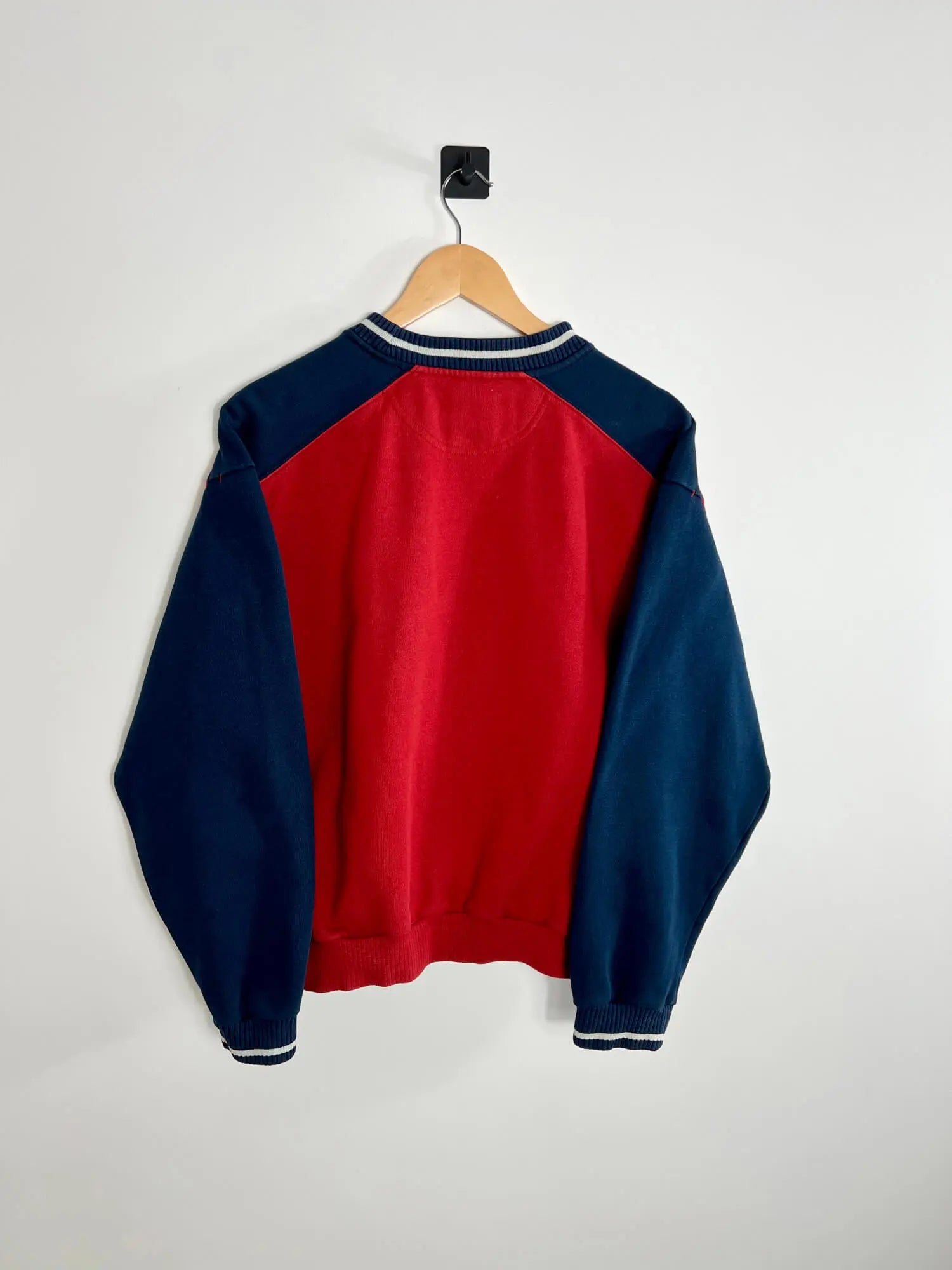
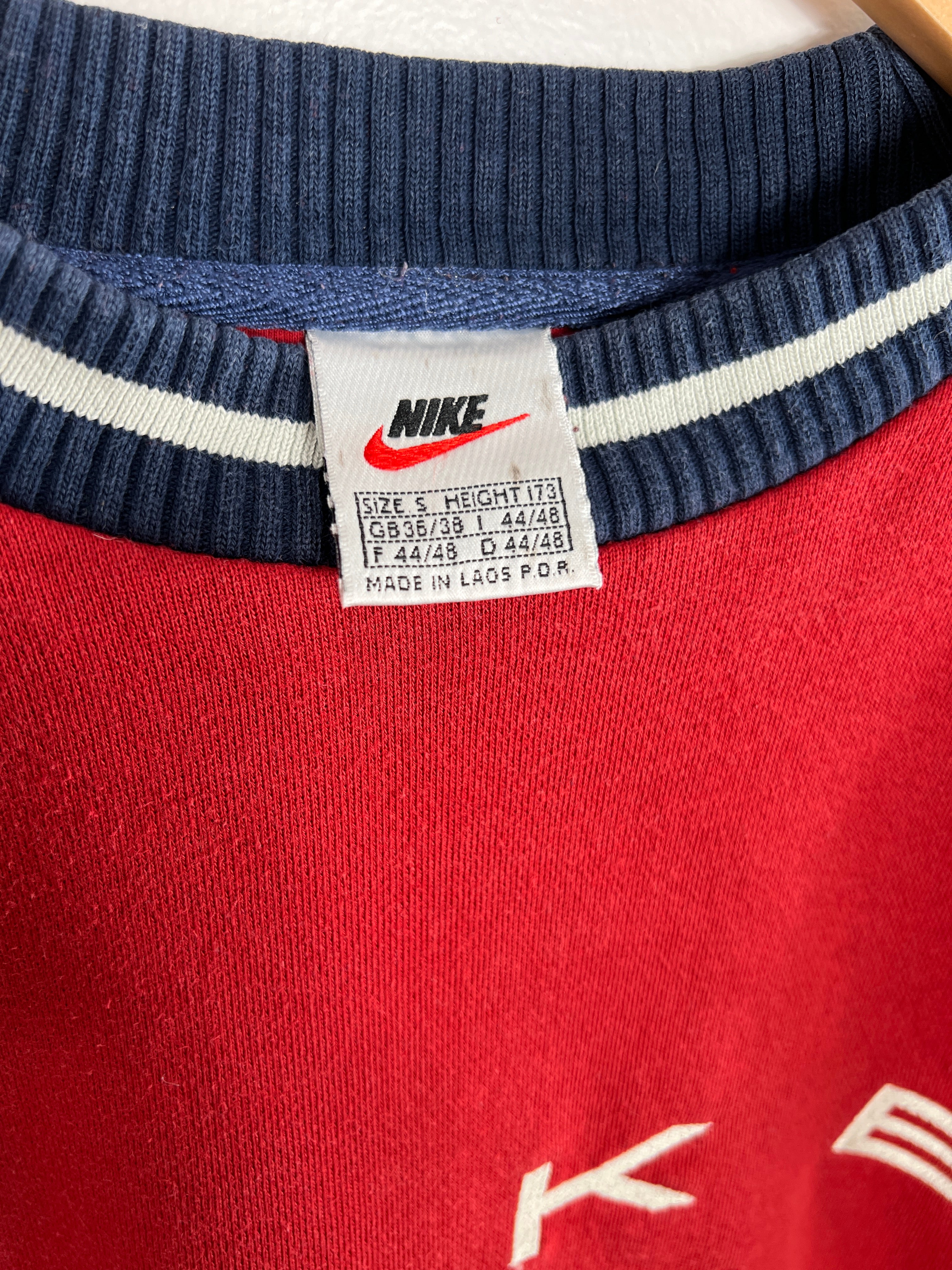
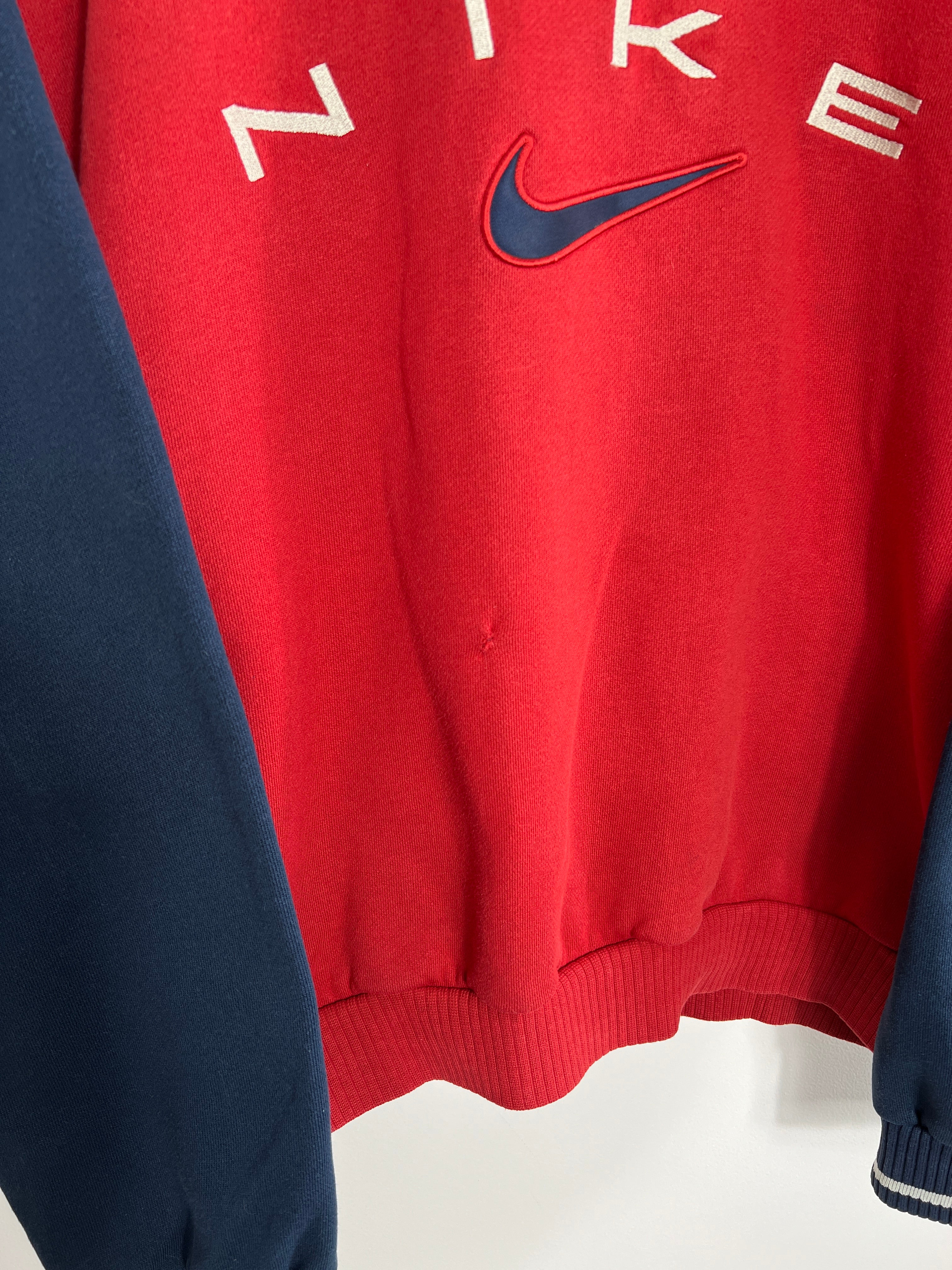
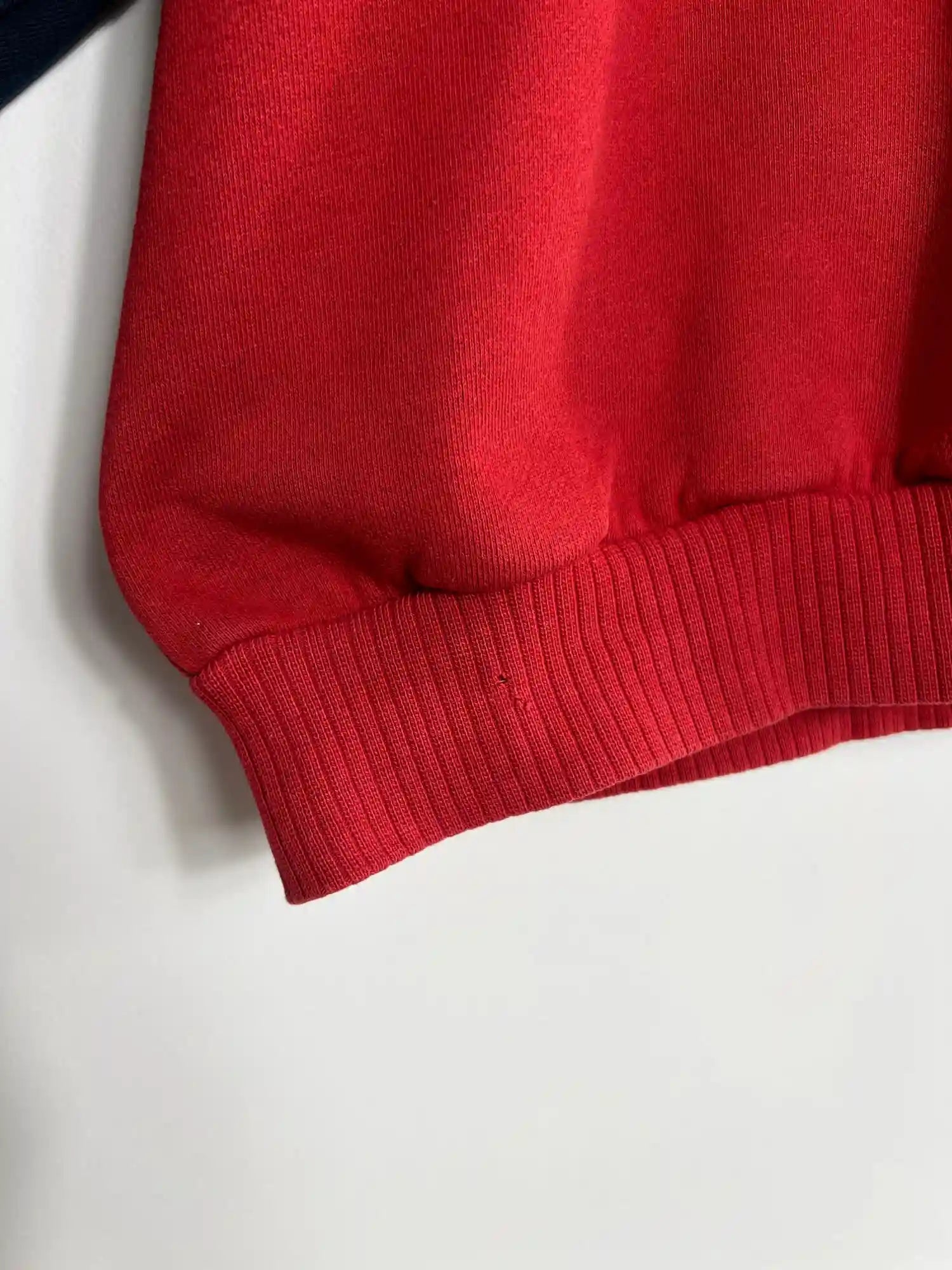
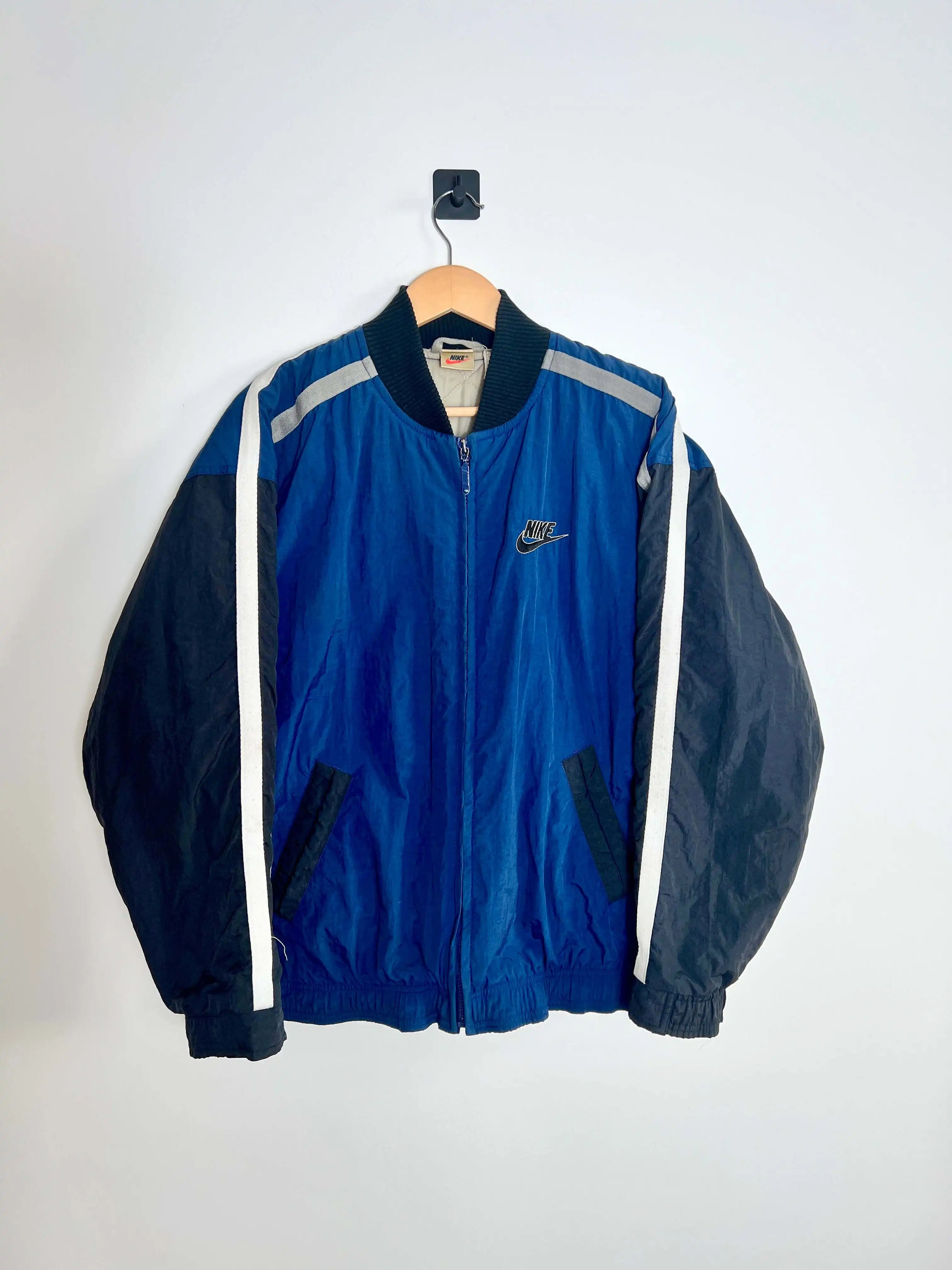
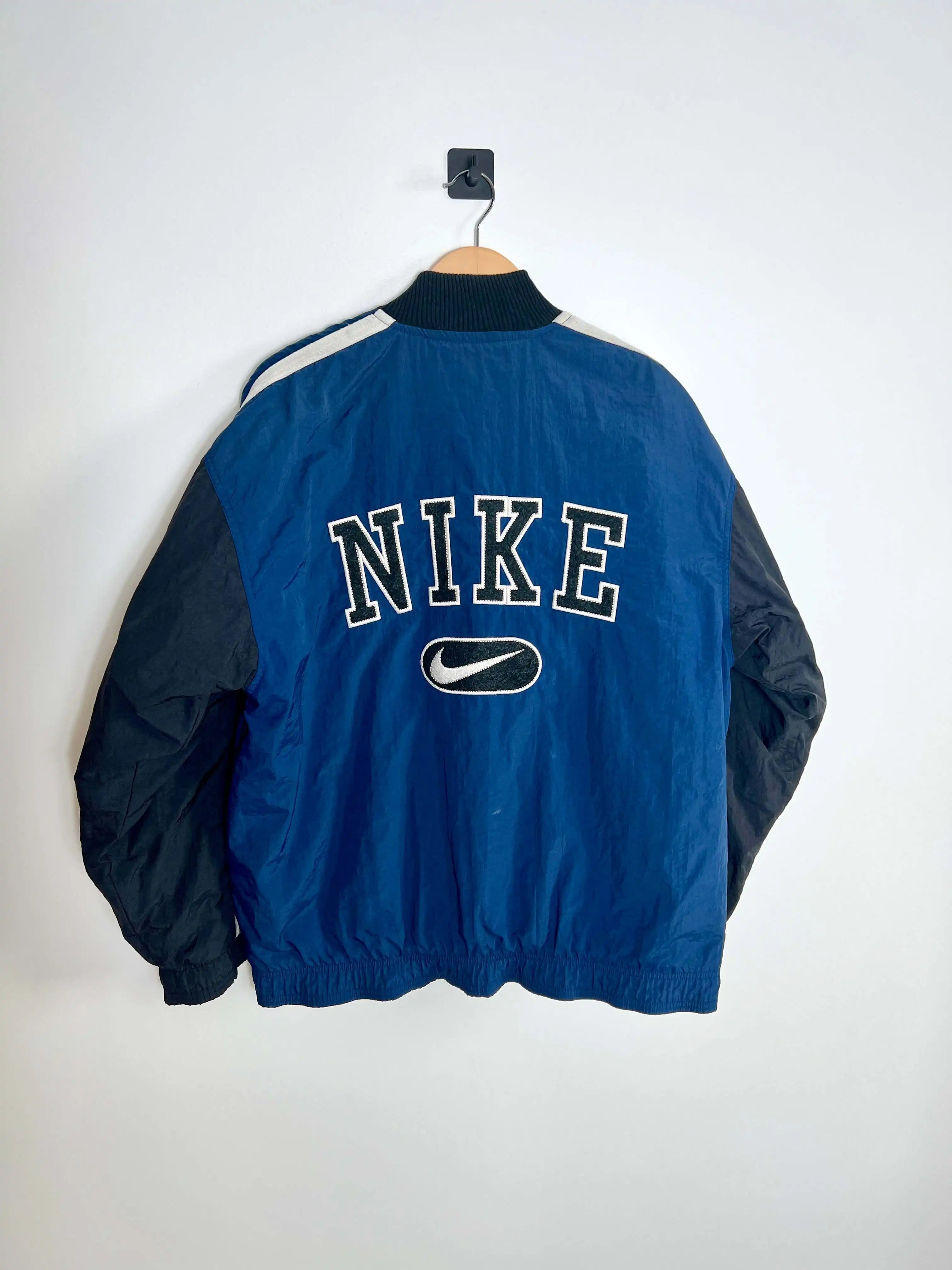
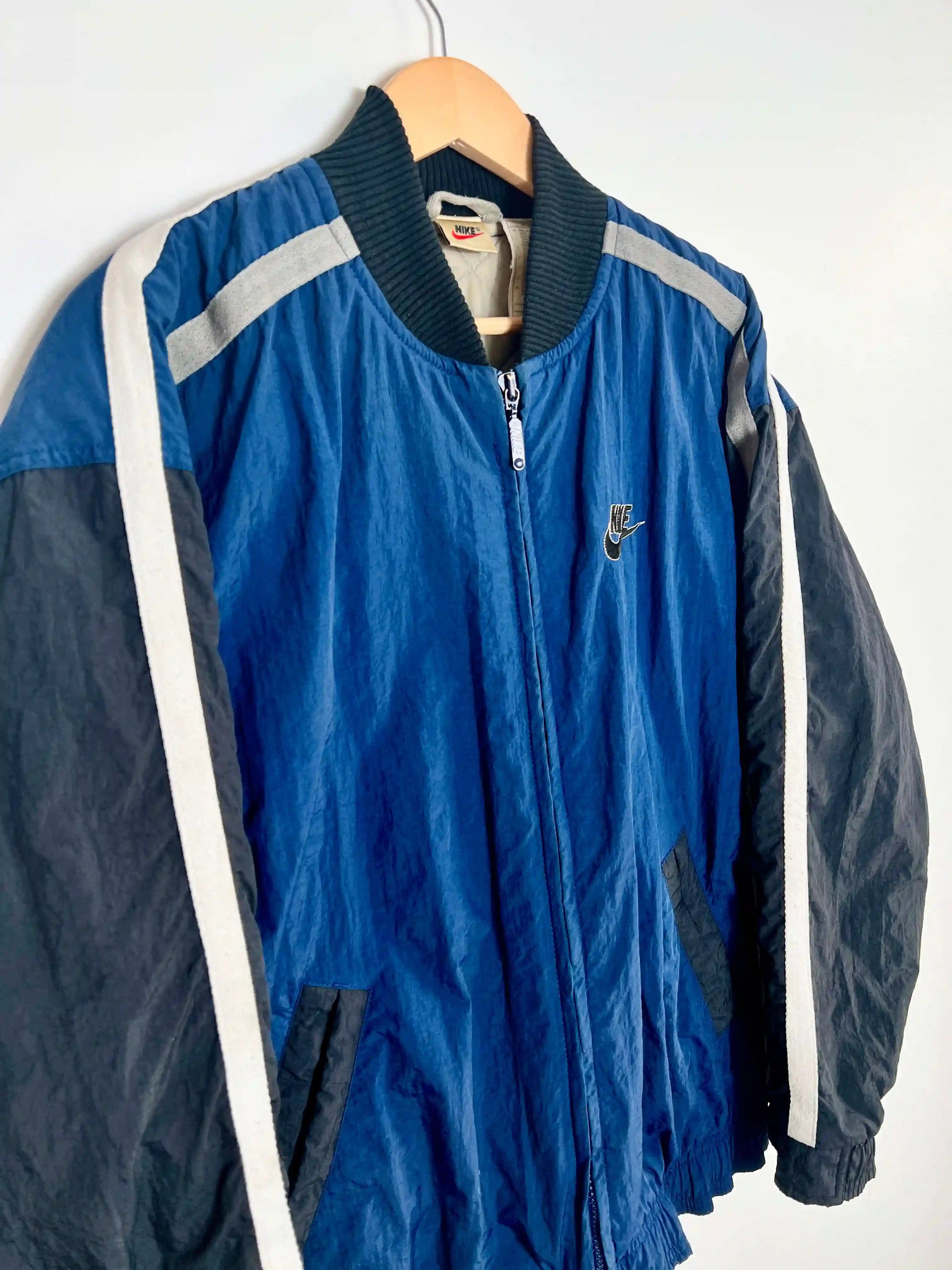
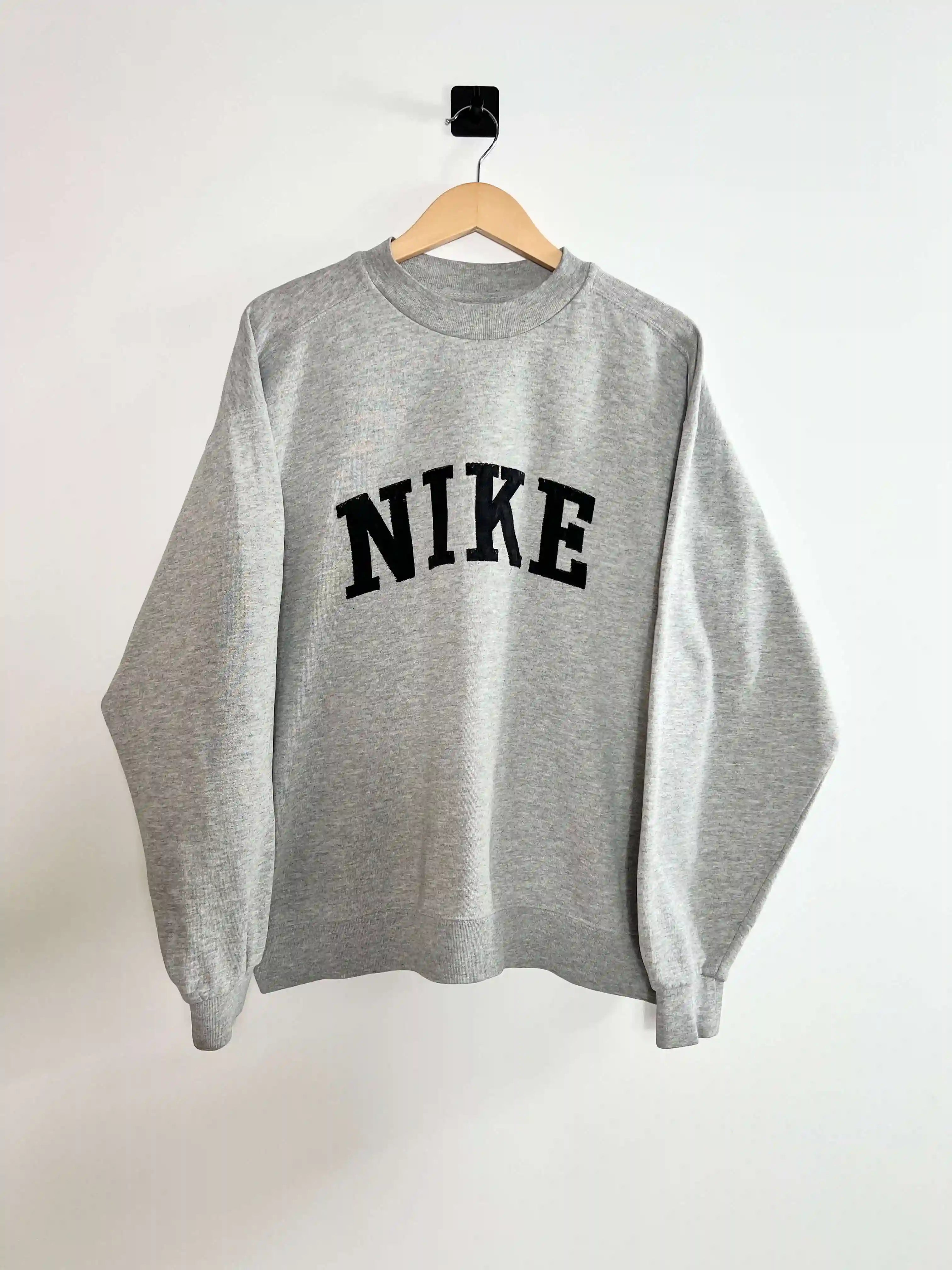
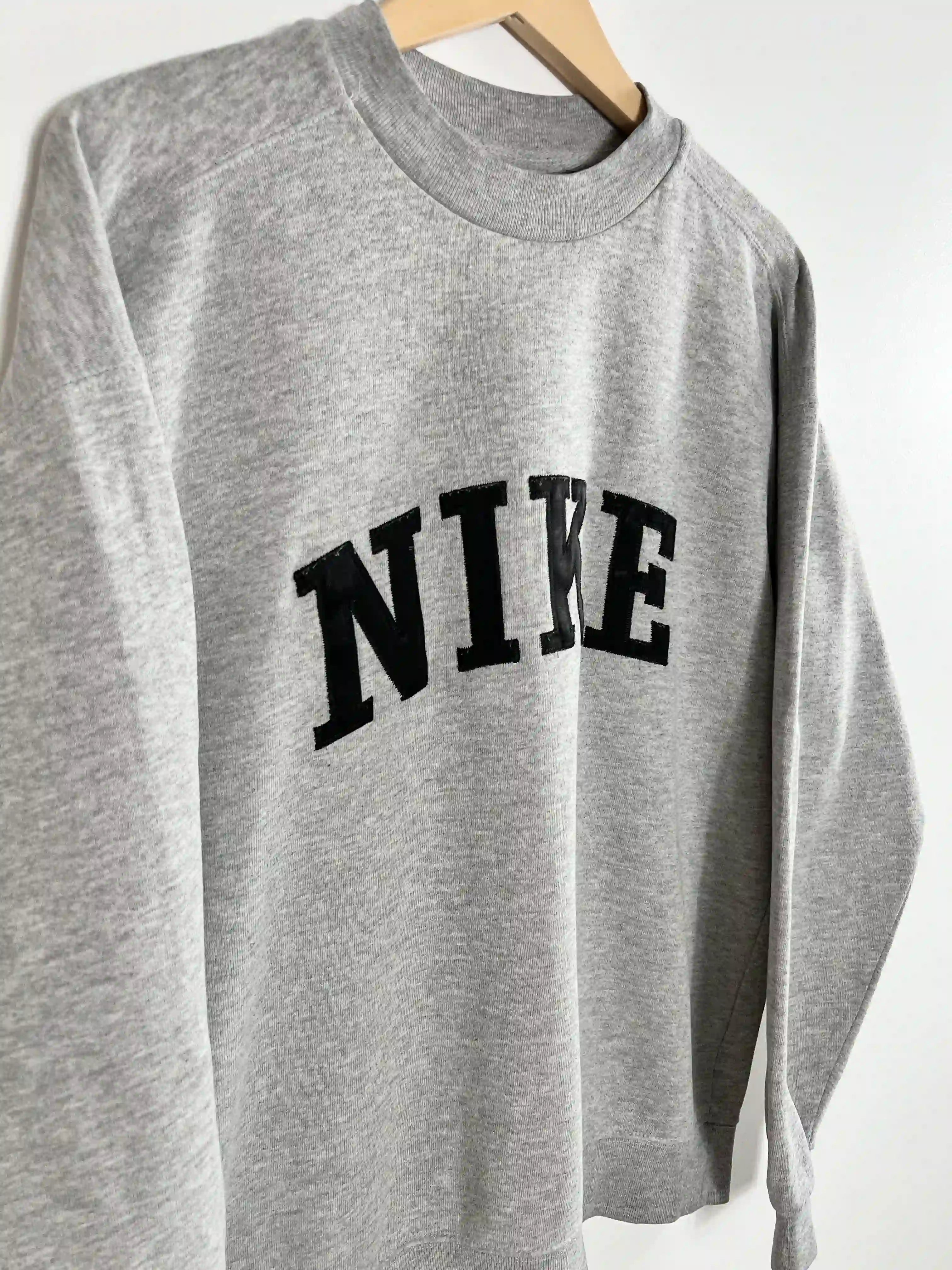
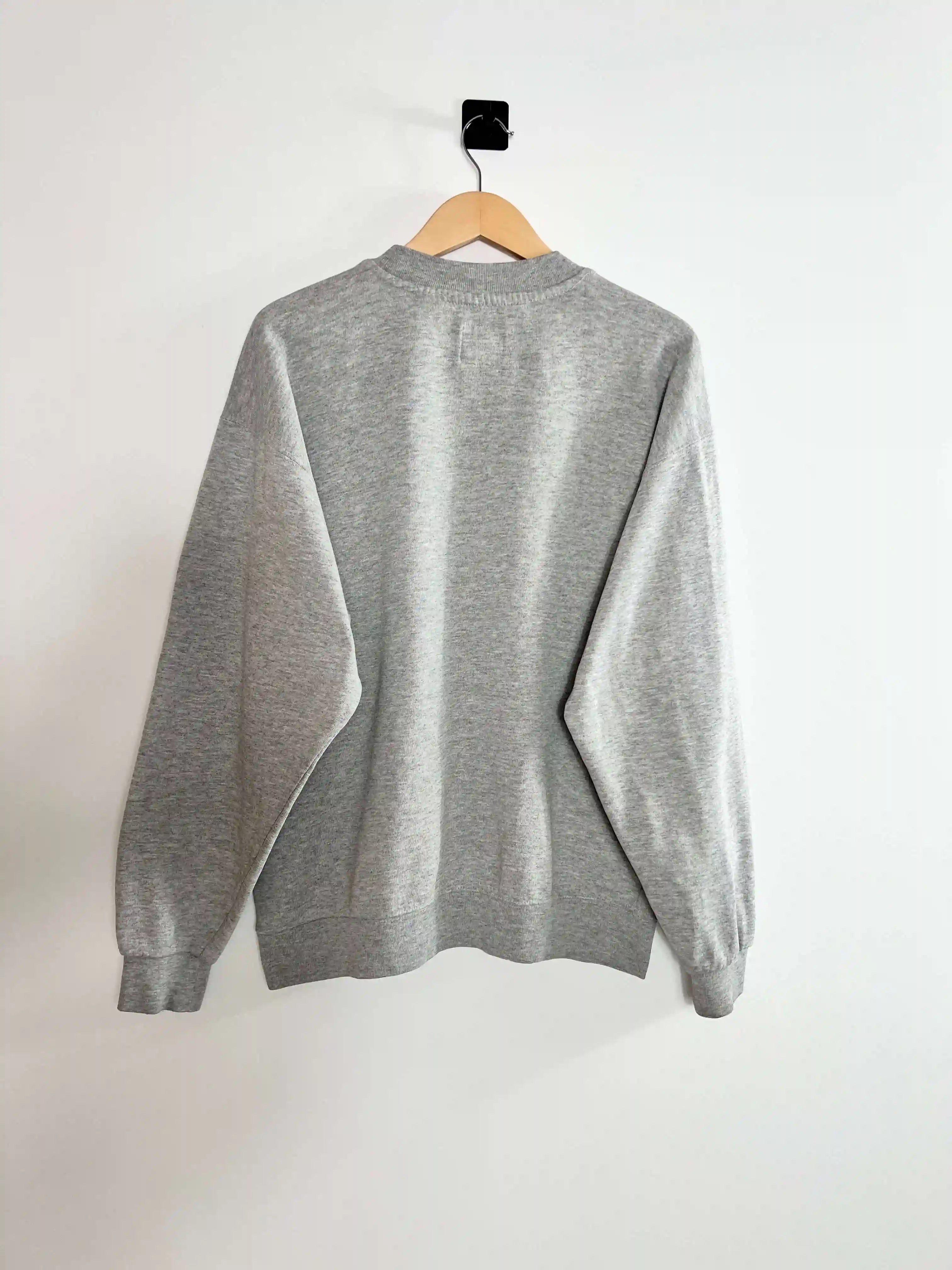
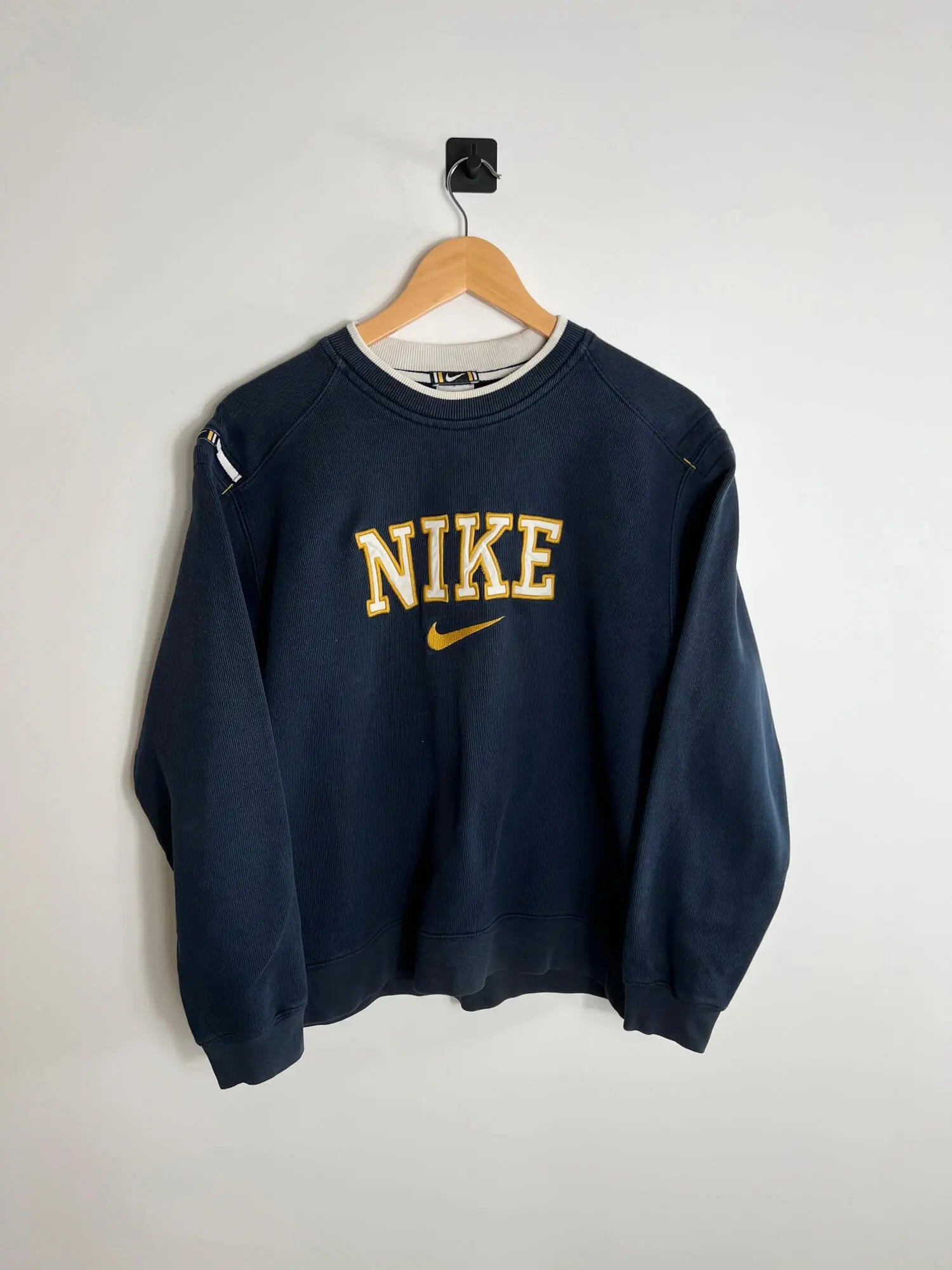
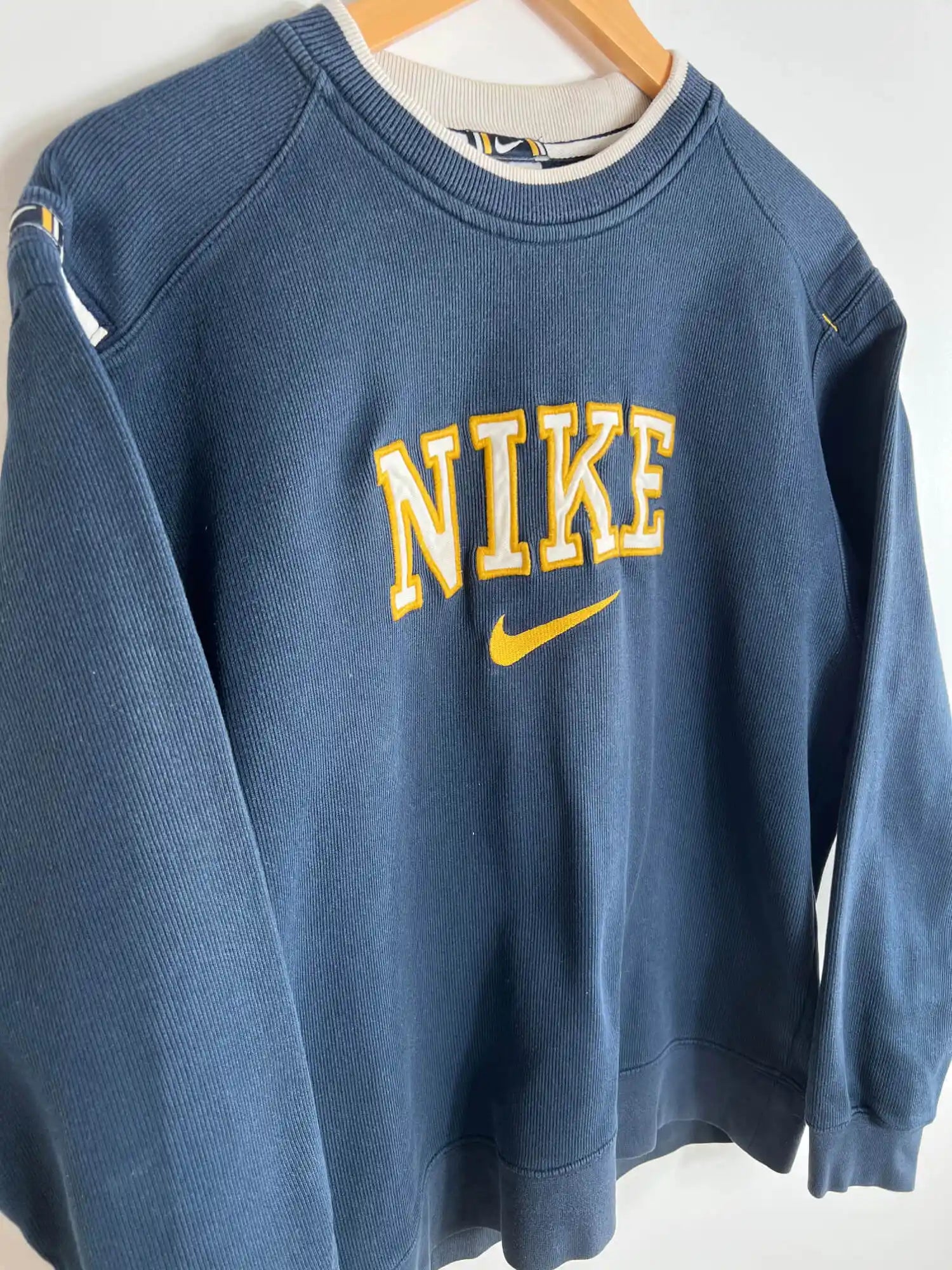
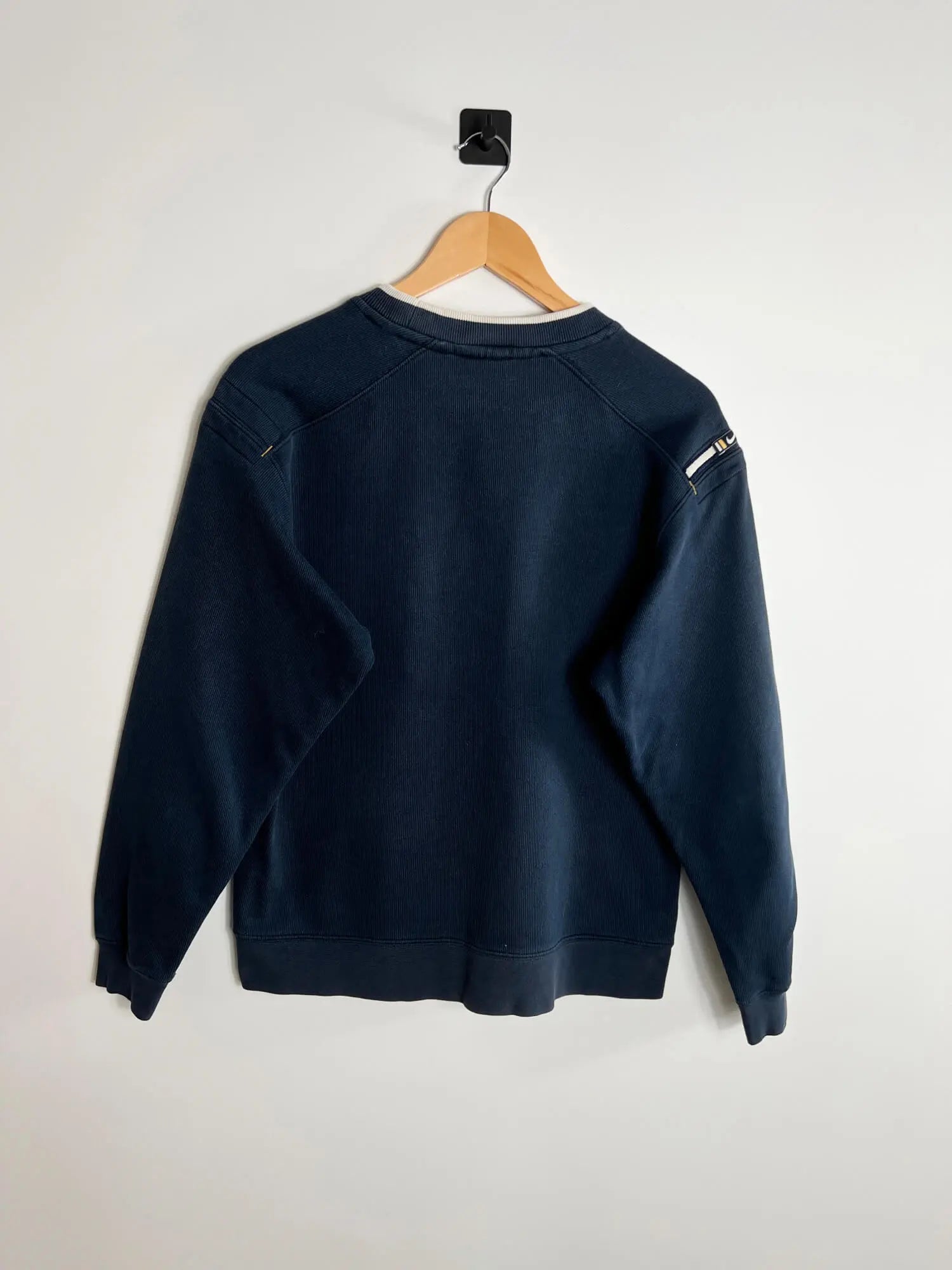
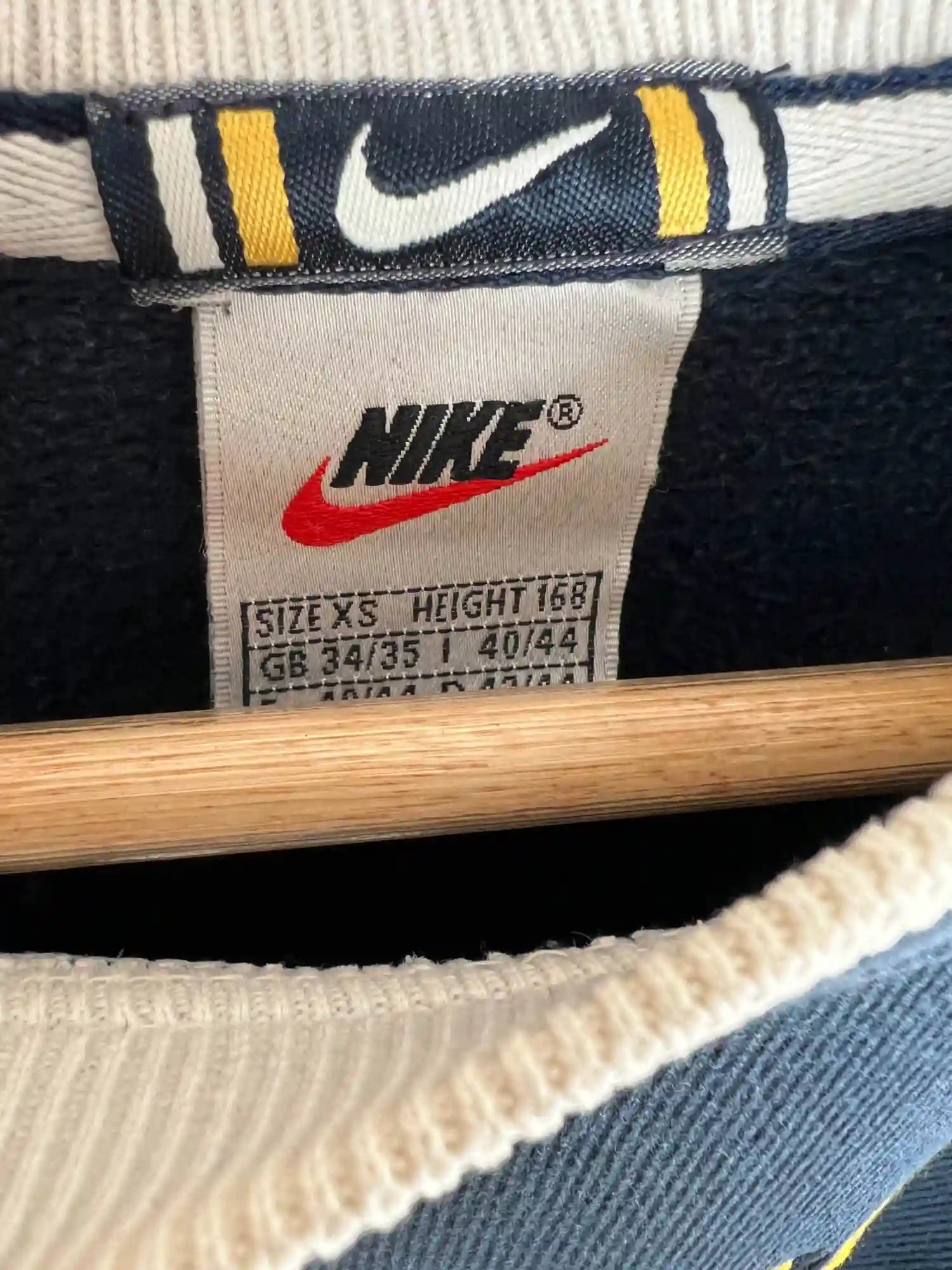
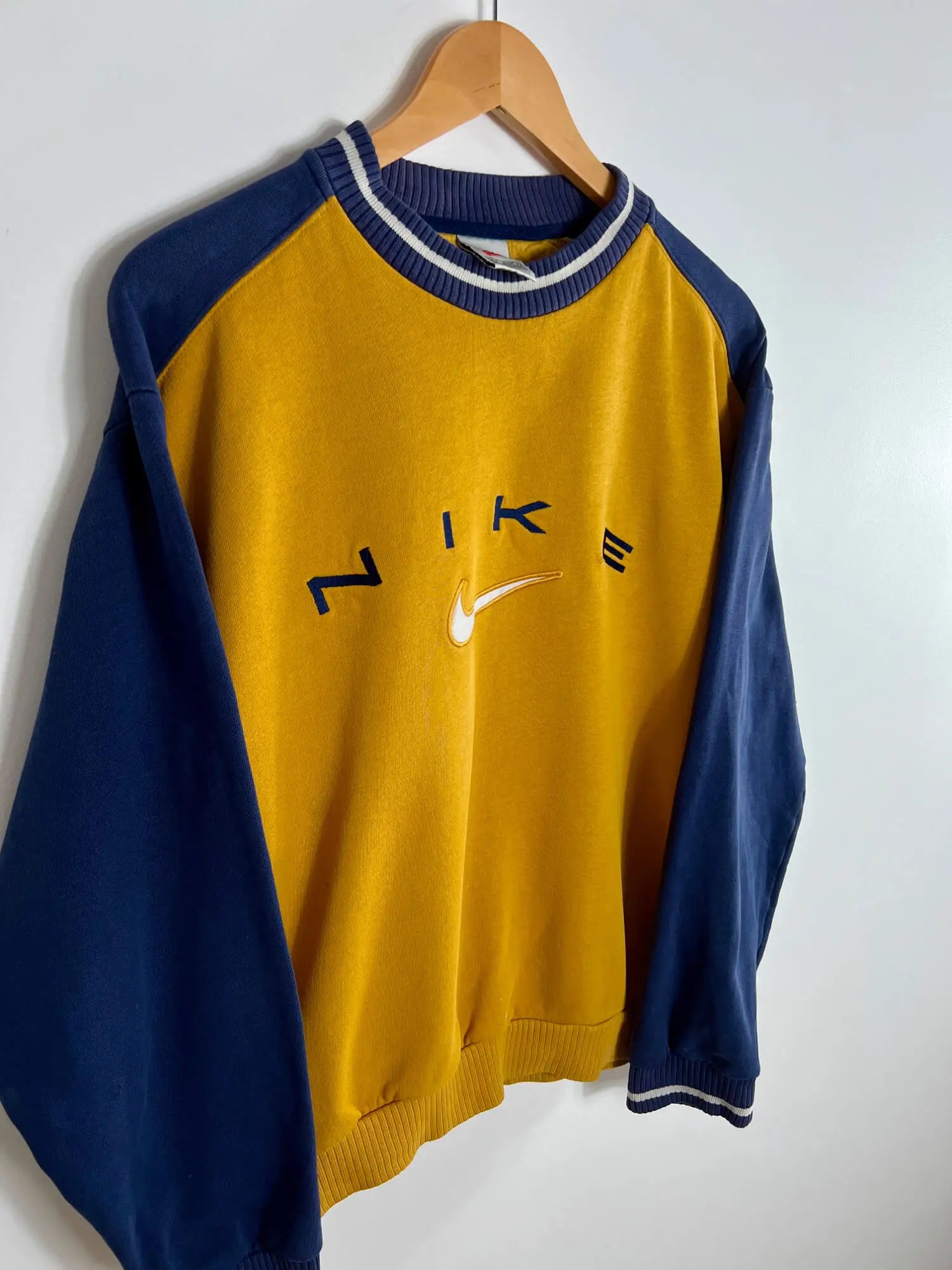
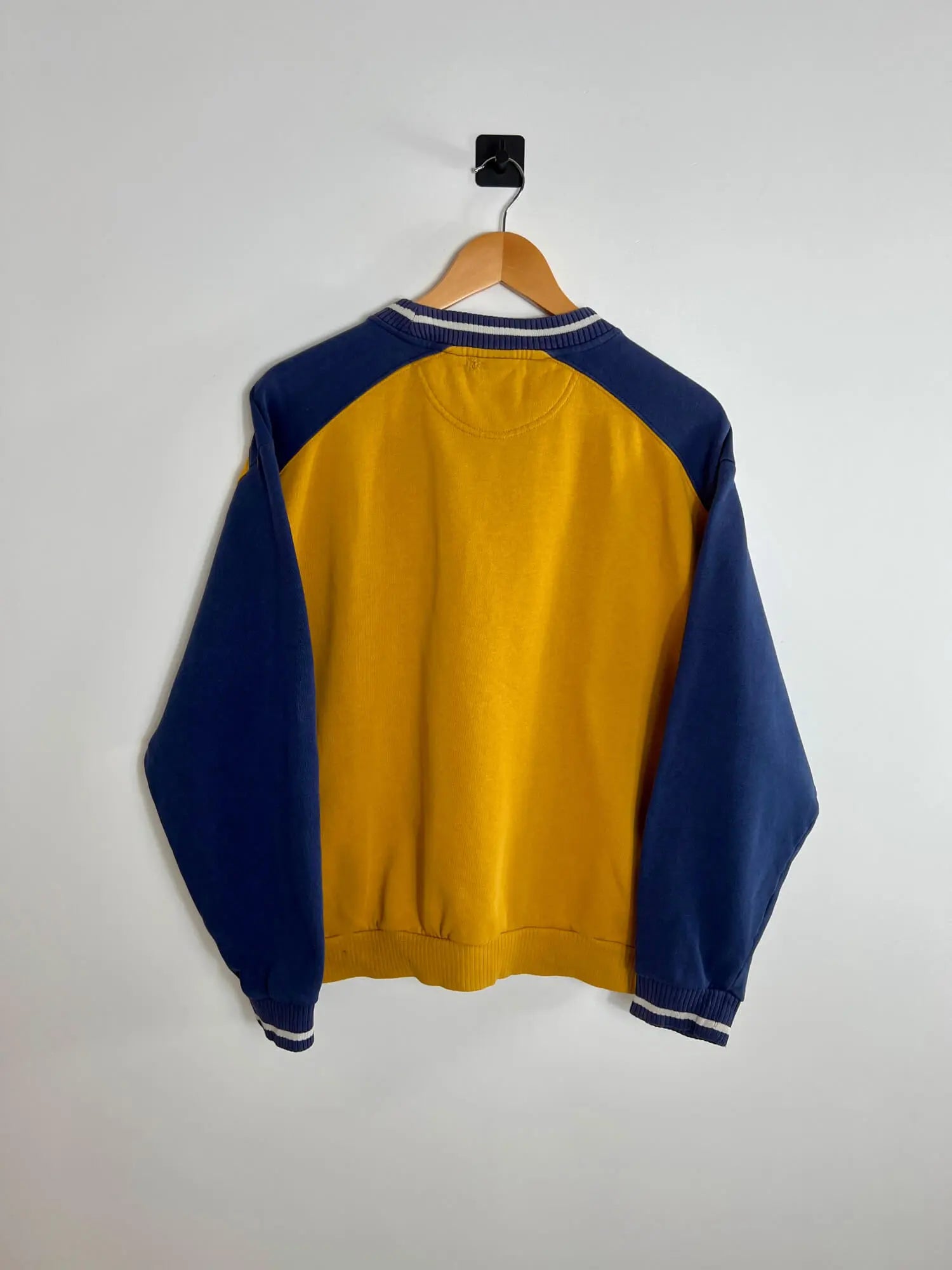
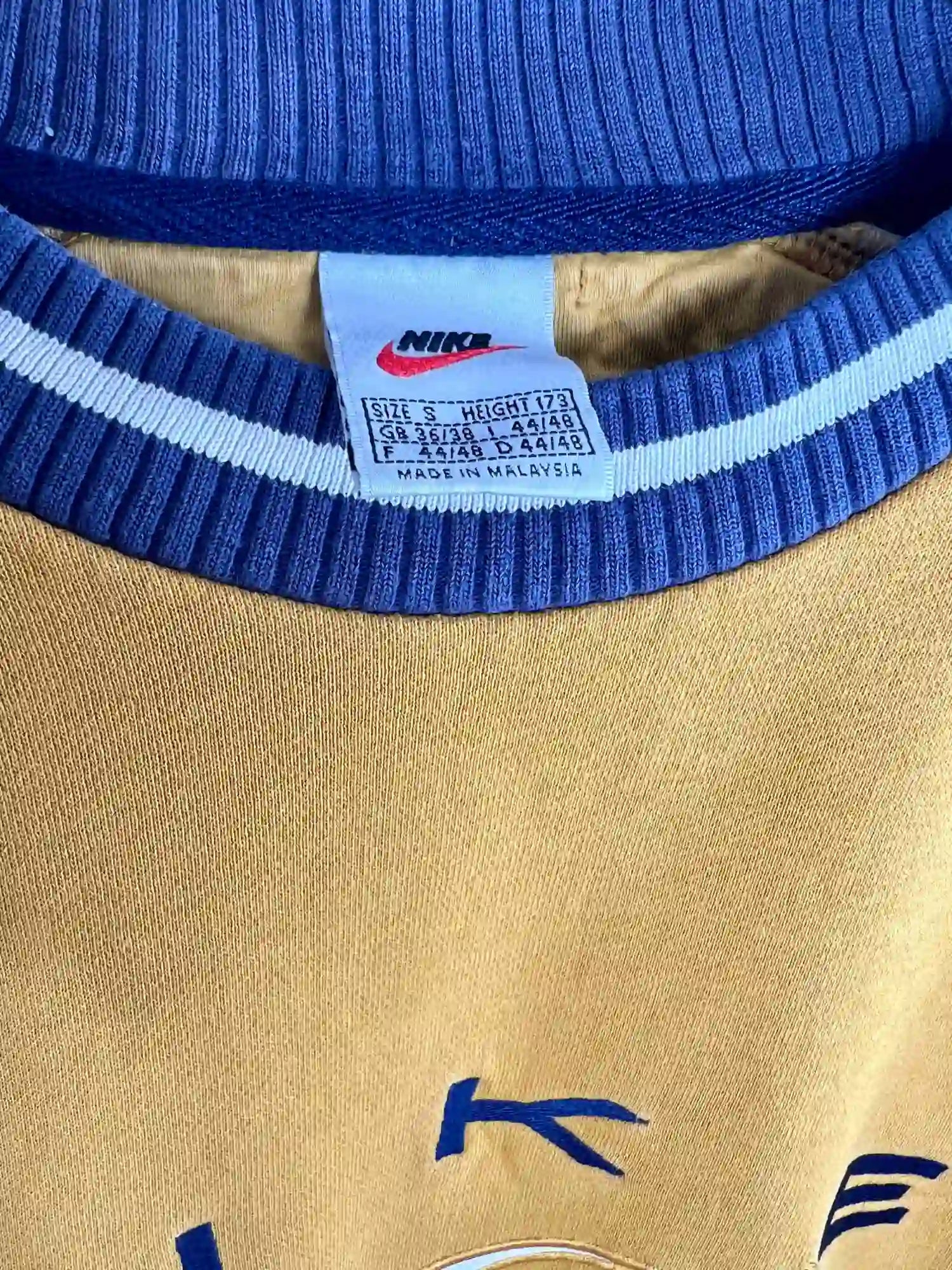
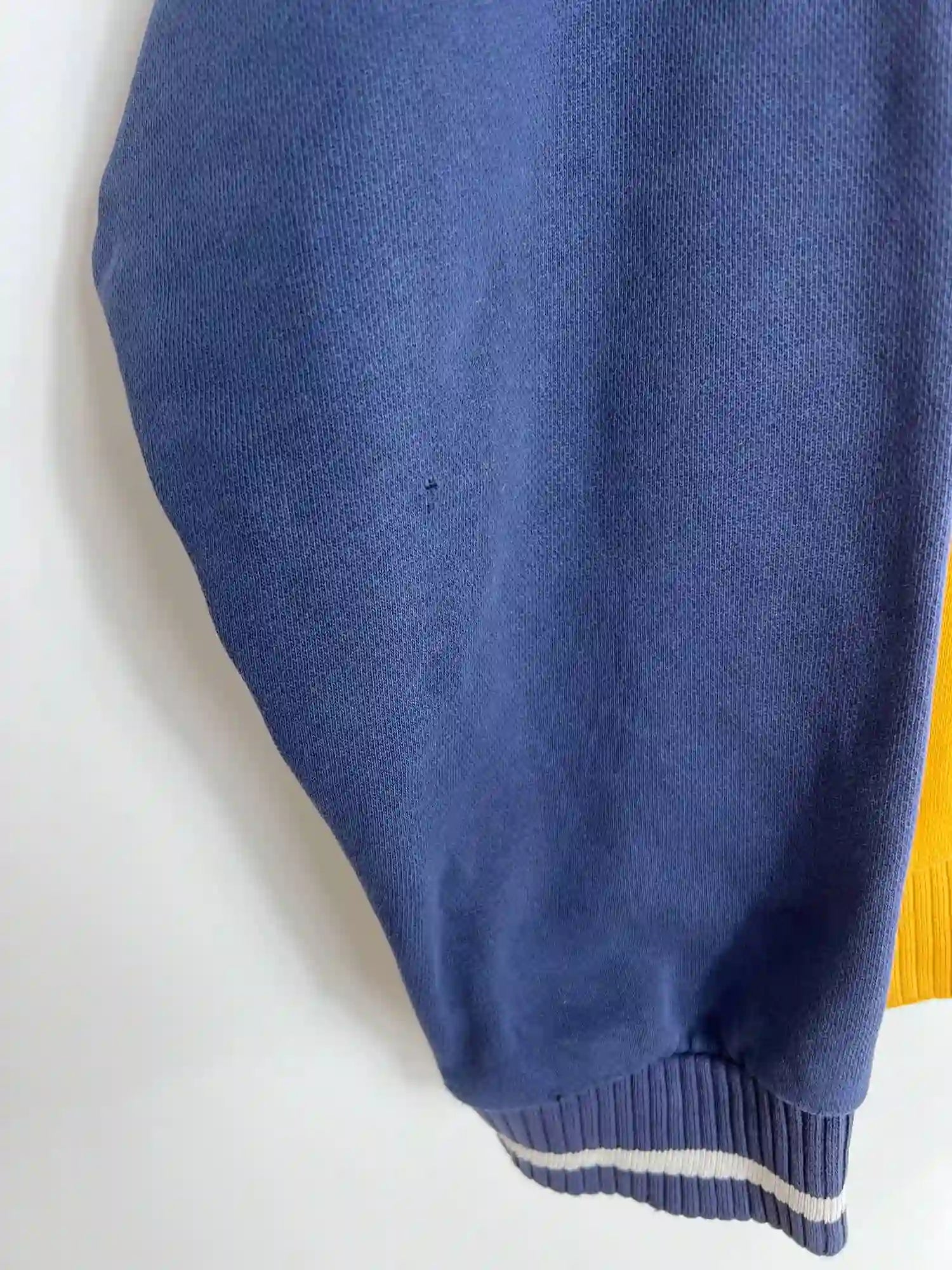
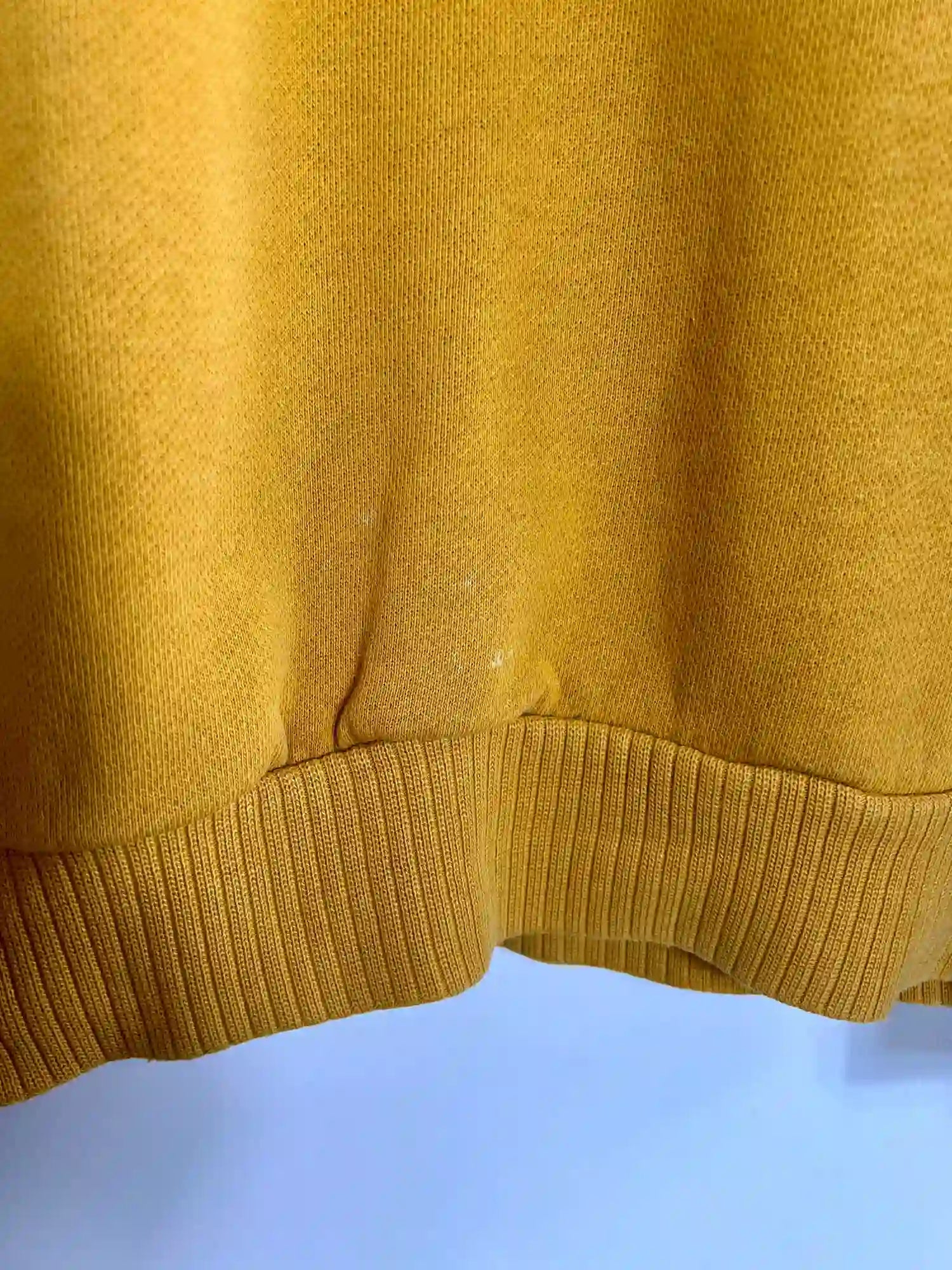
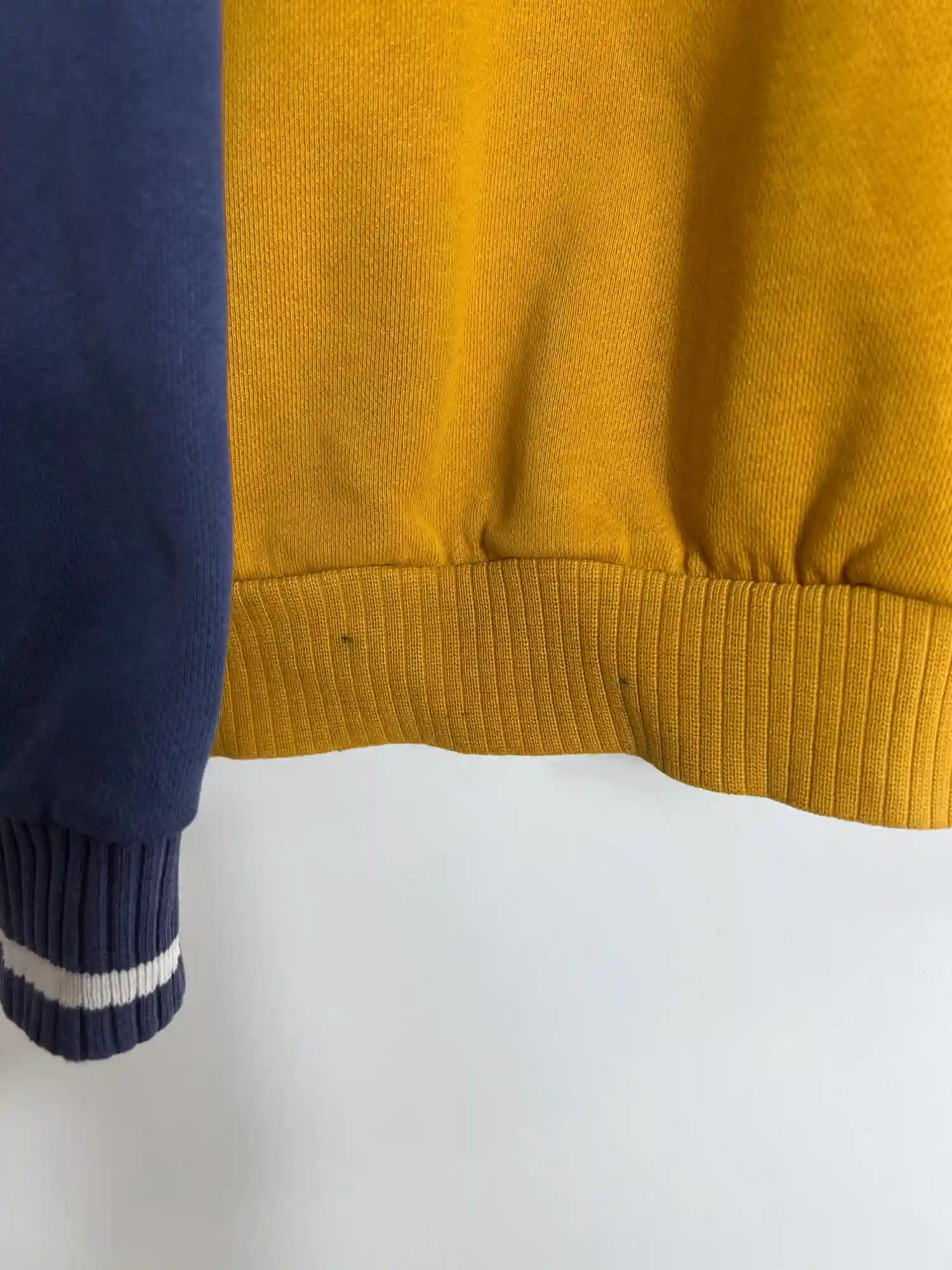
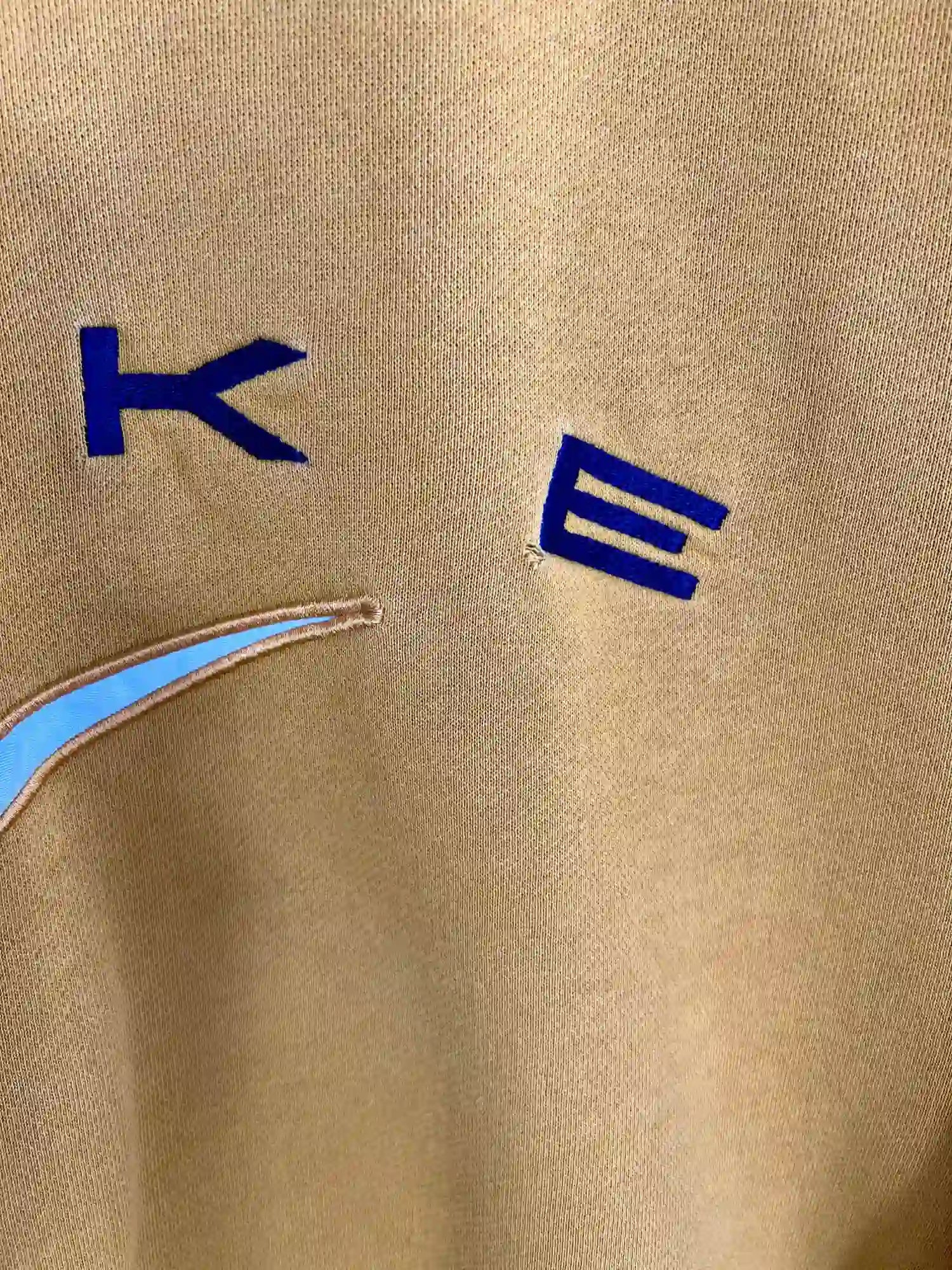
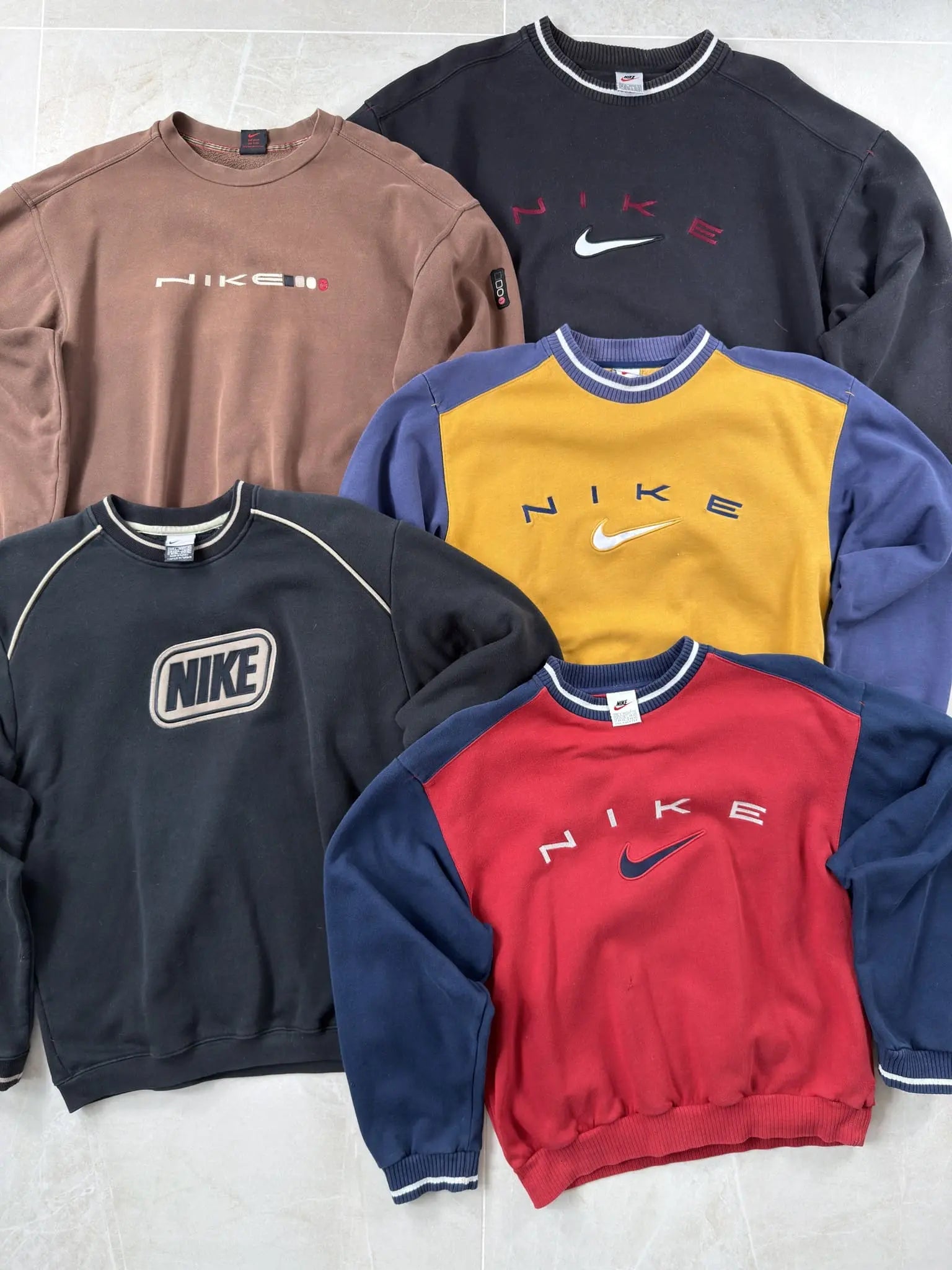
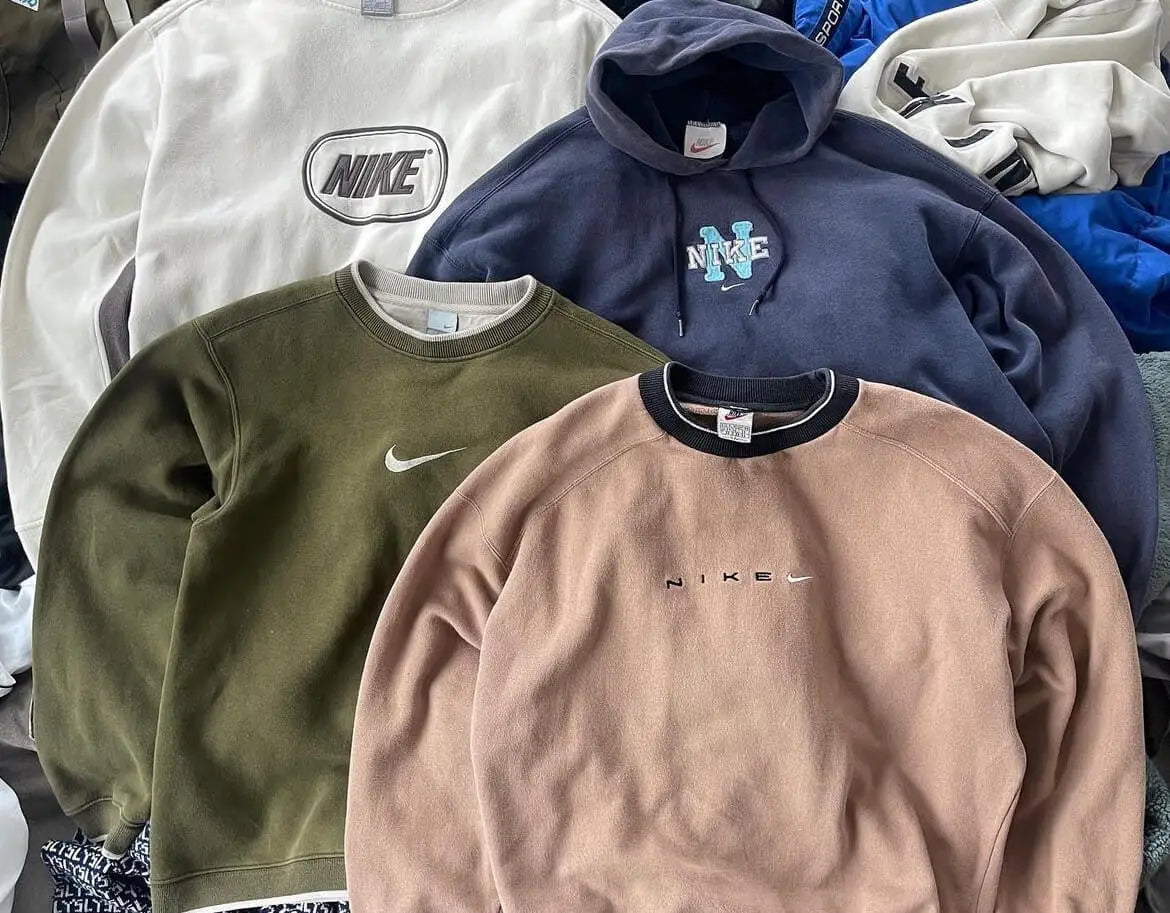
Comments
Merci infiniment pour ces renseignements, je suis fan de 501 depuis très longtemps.